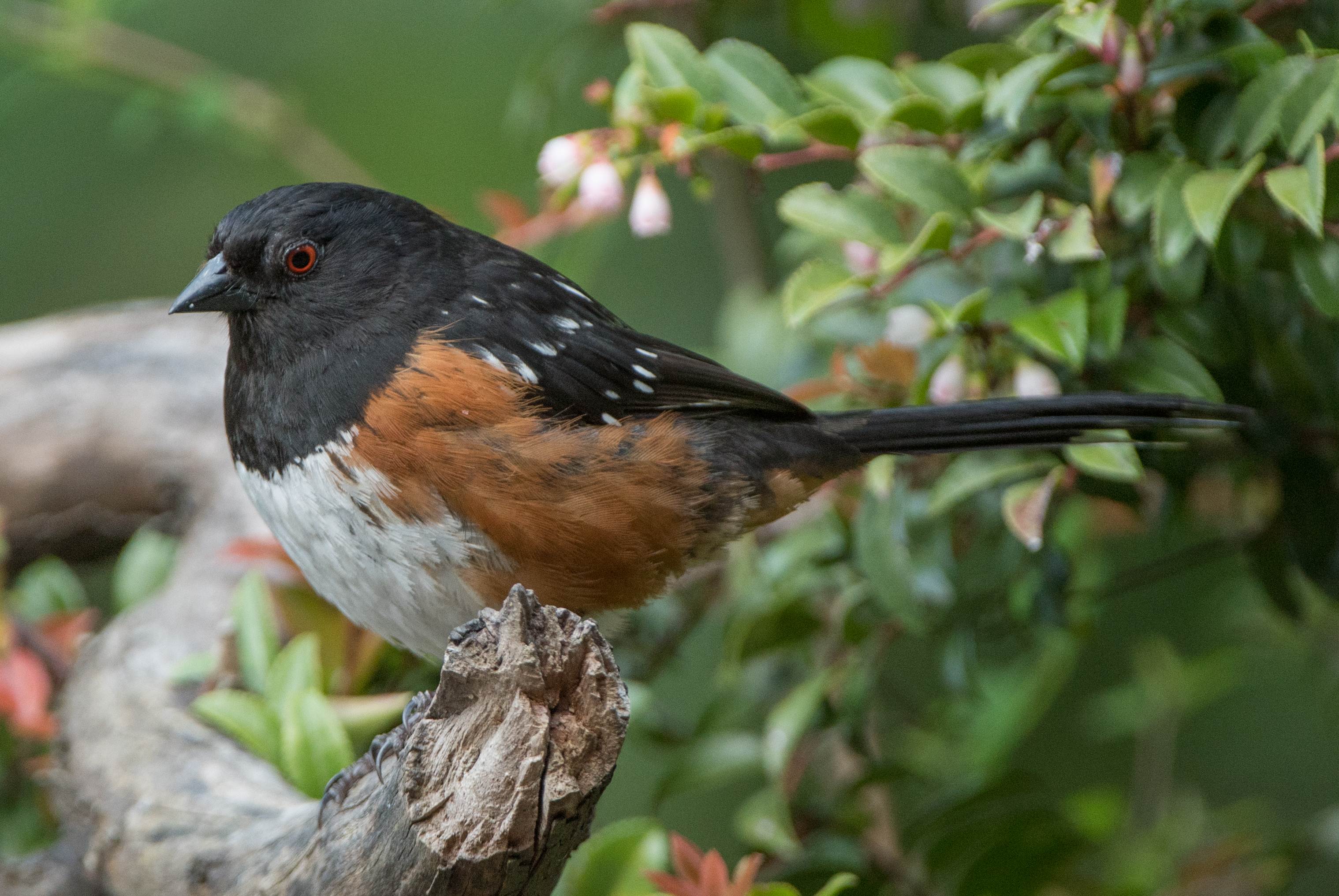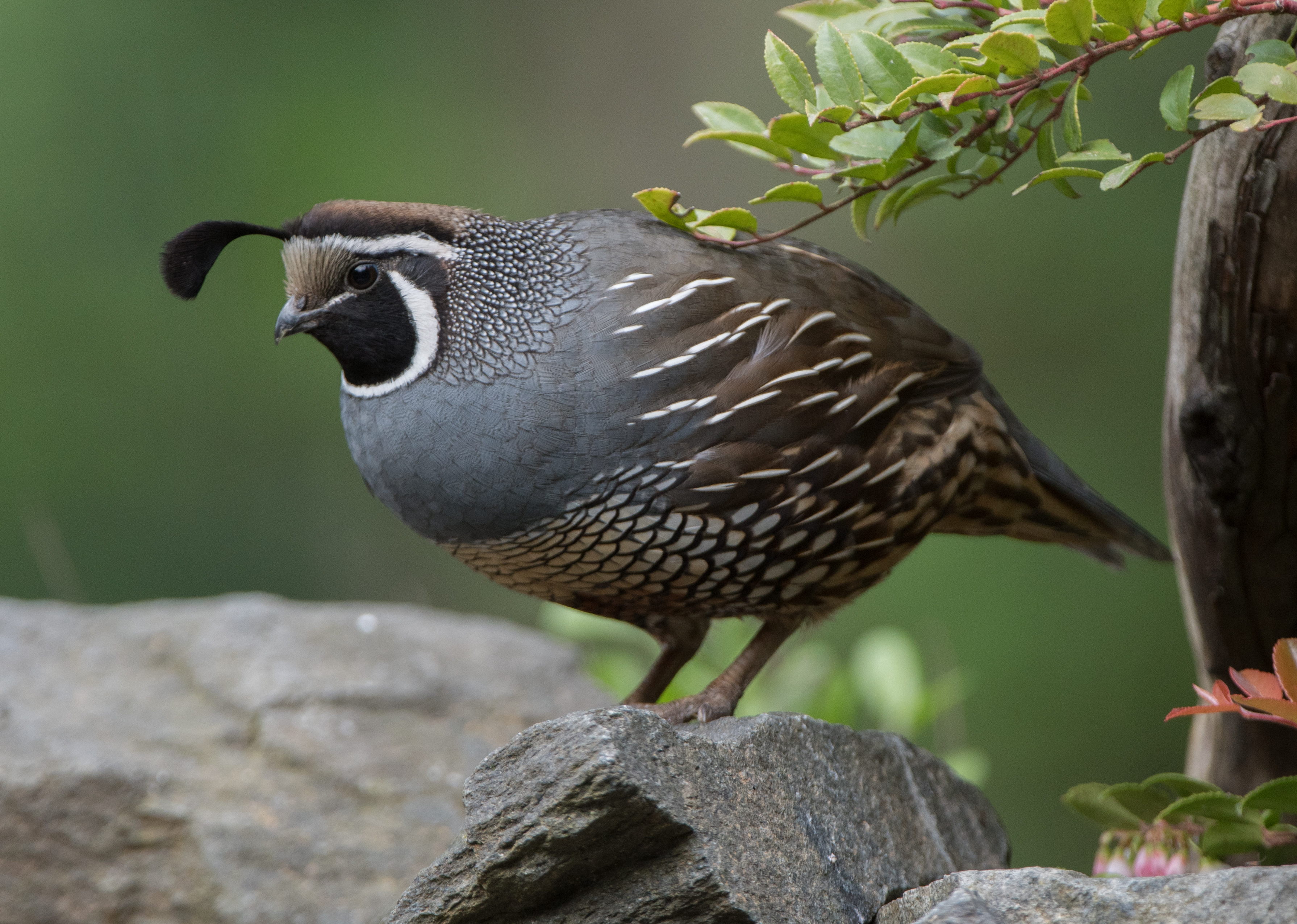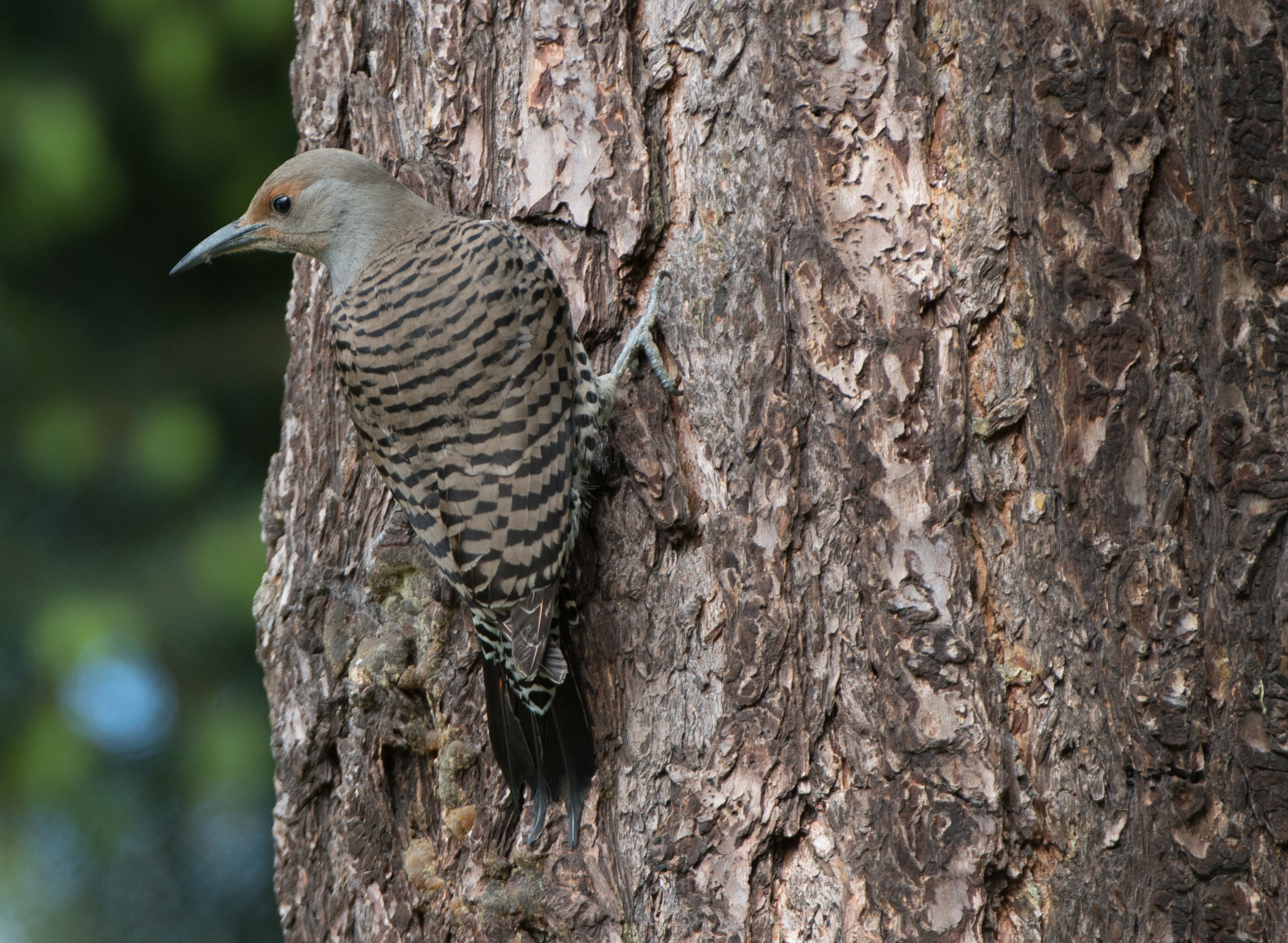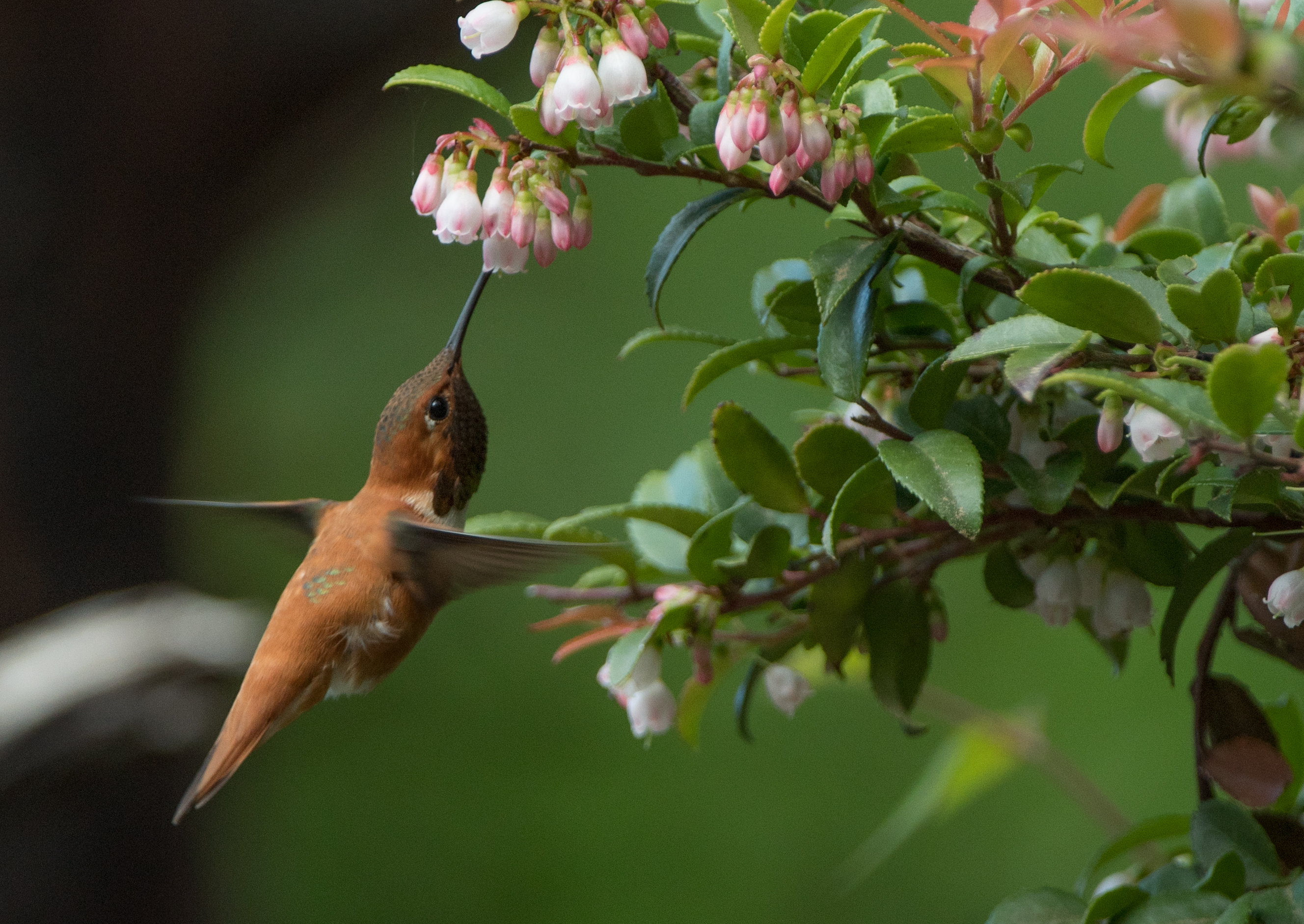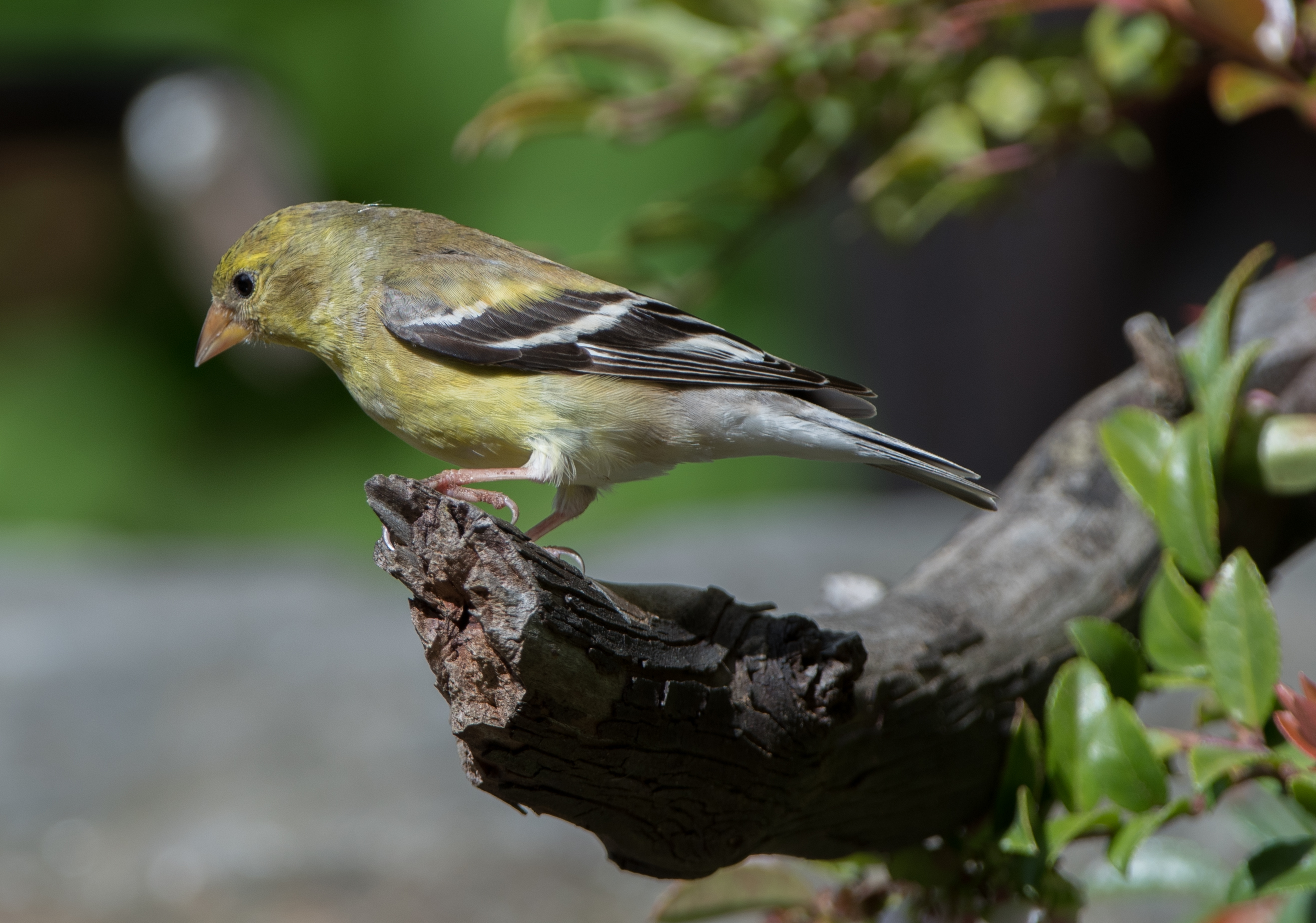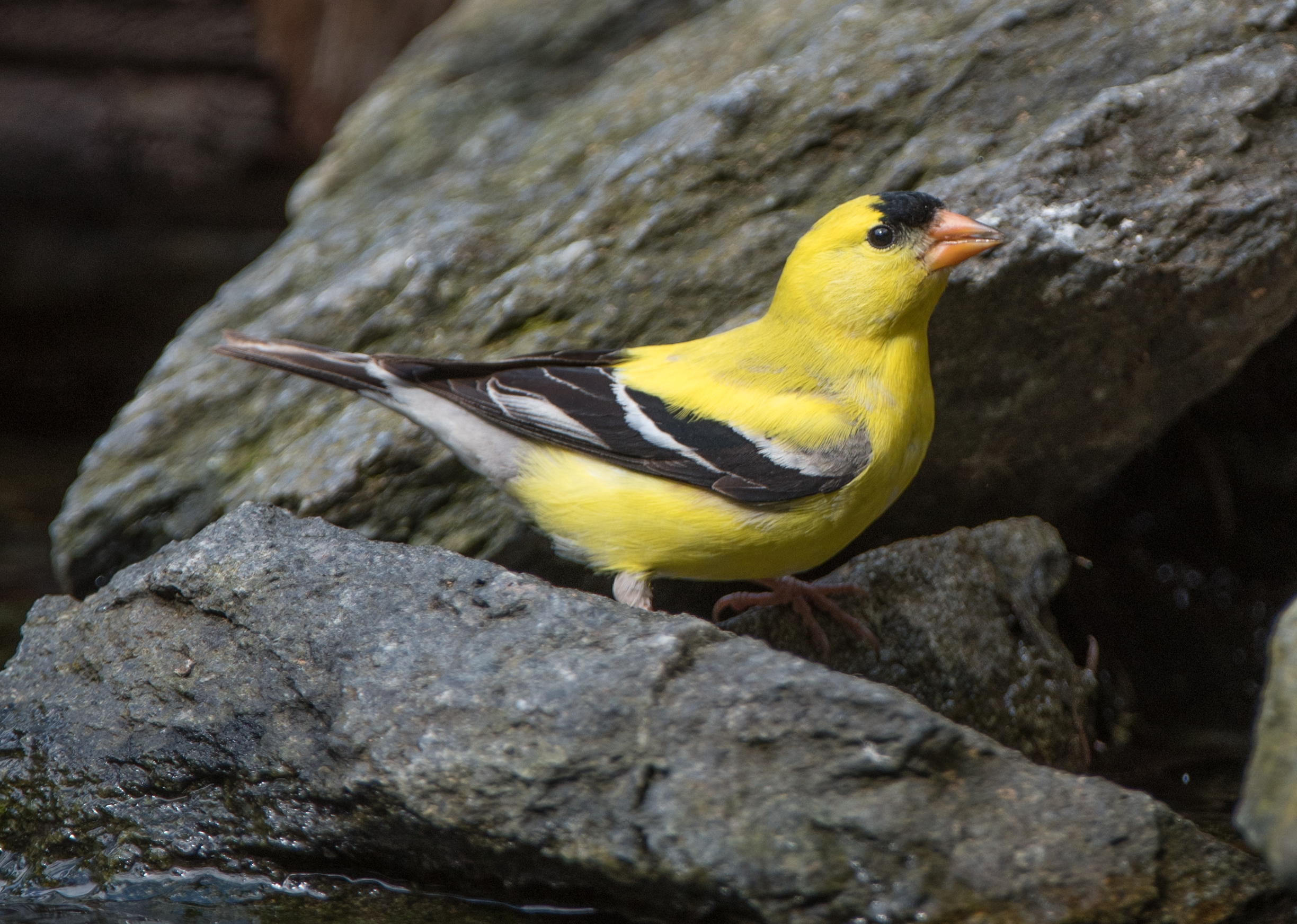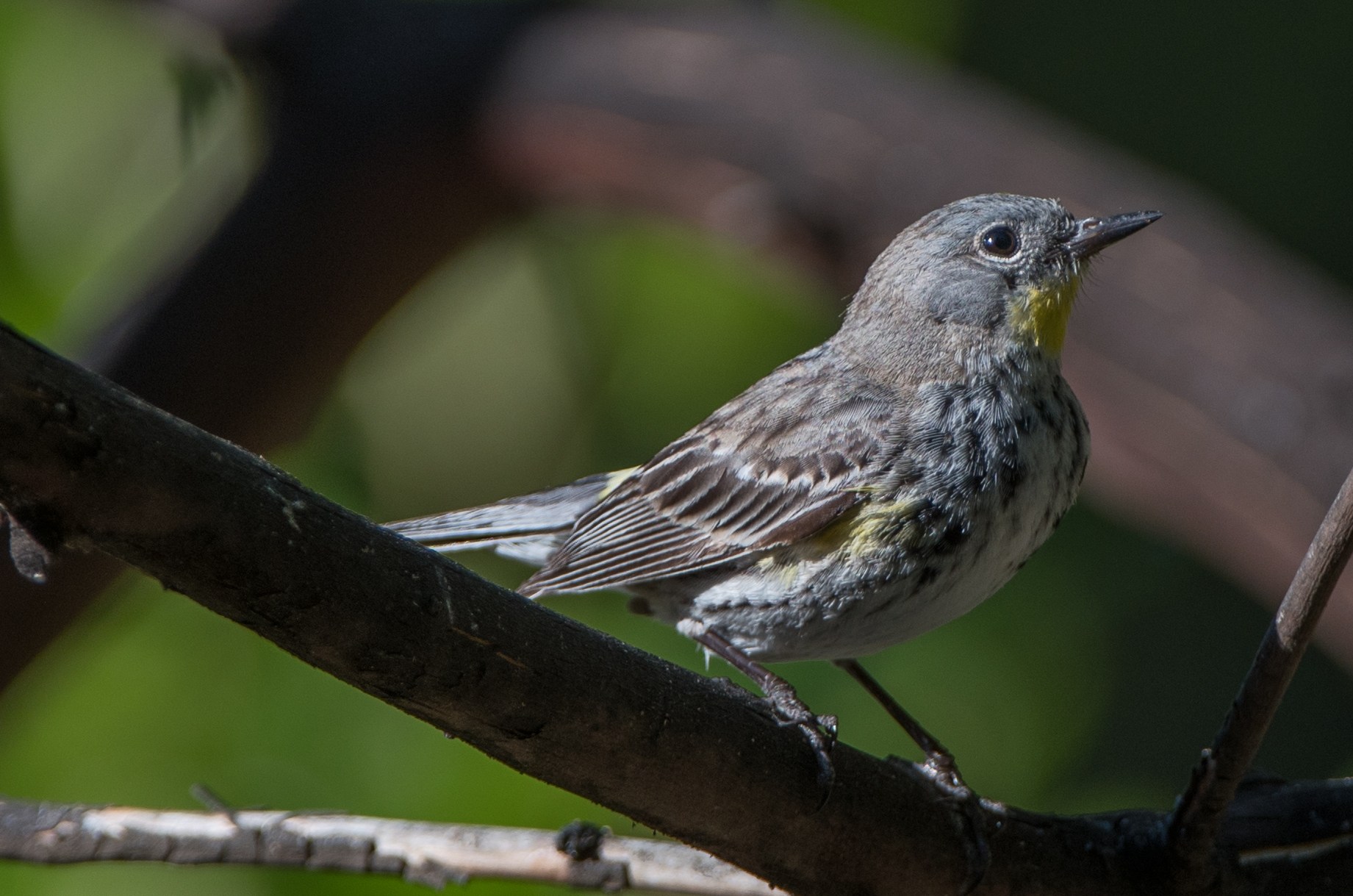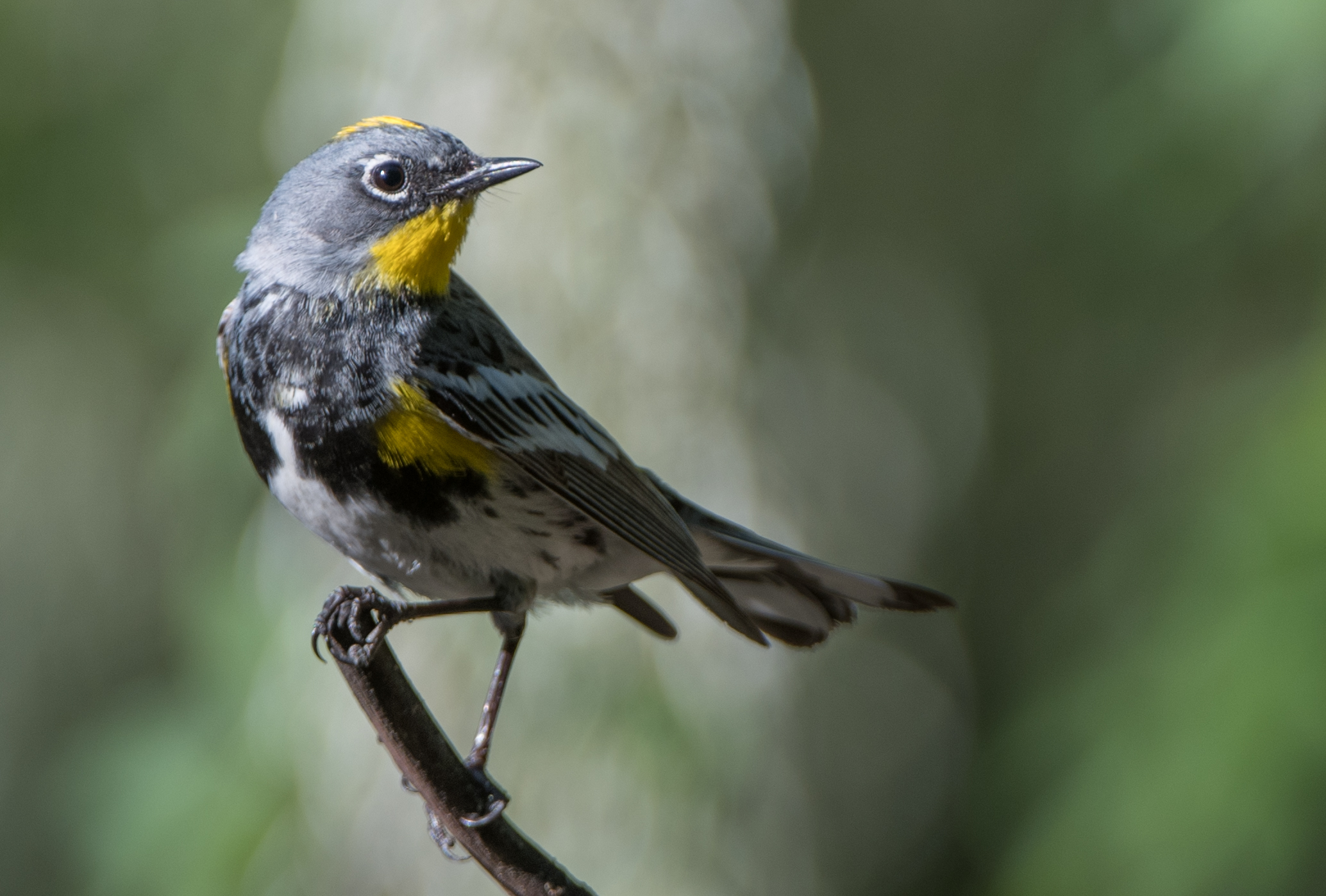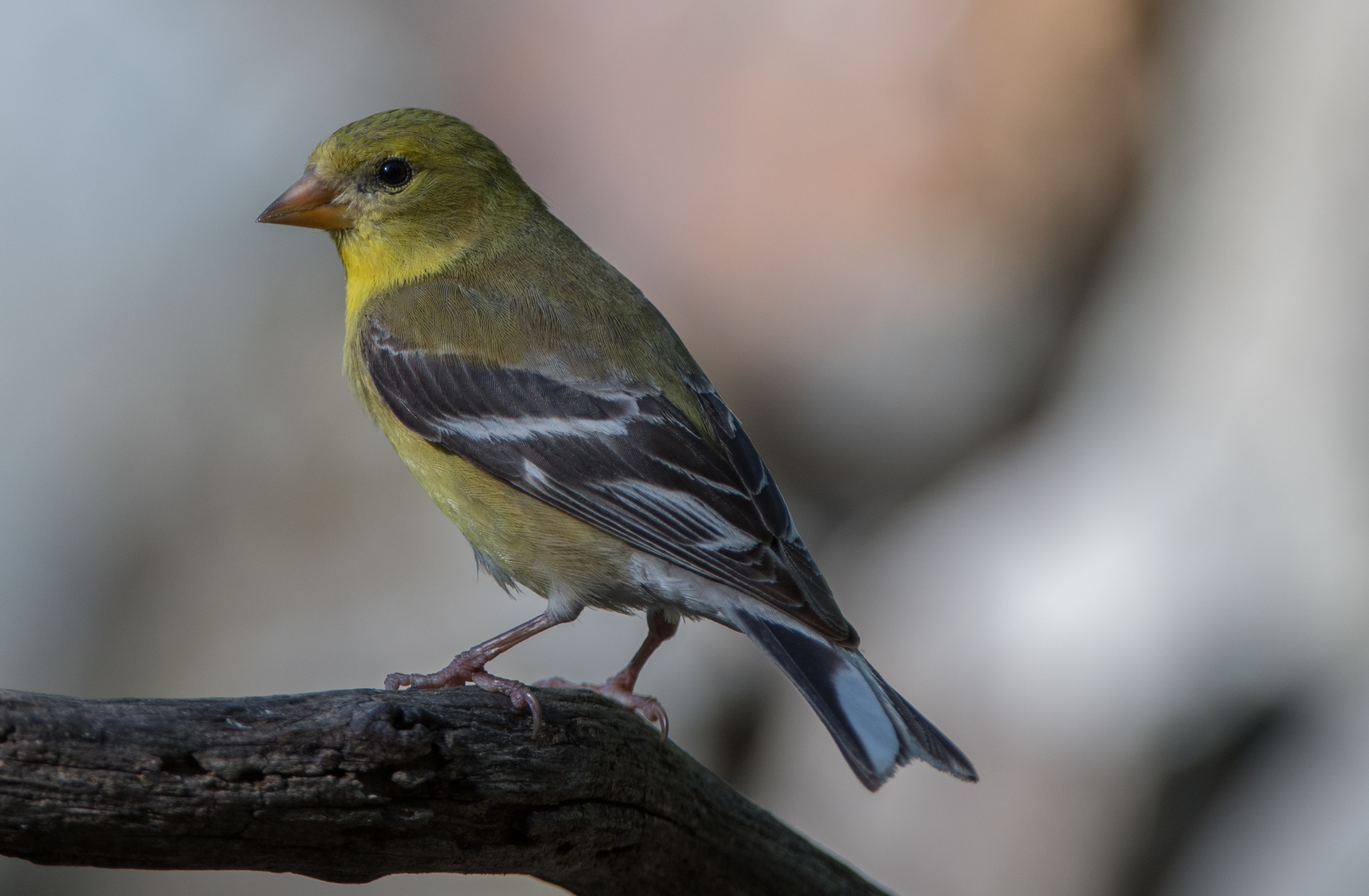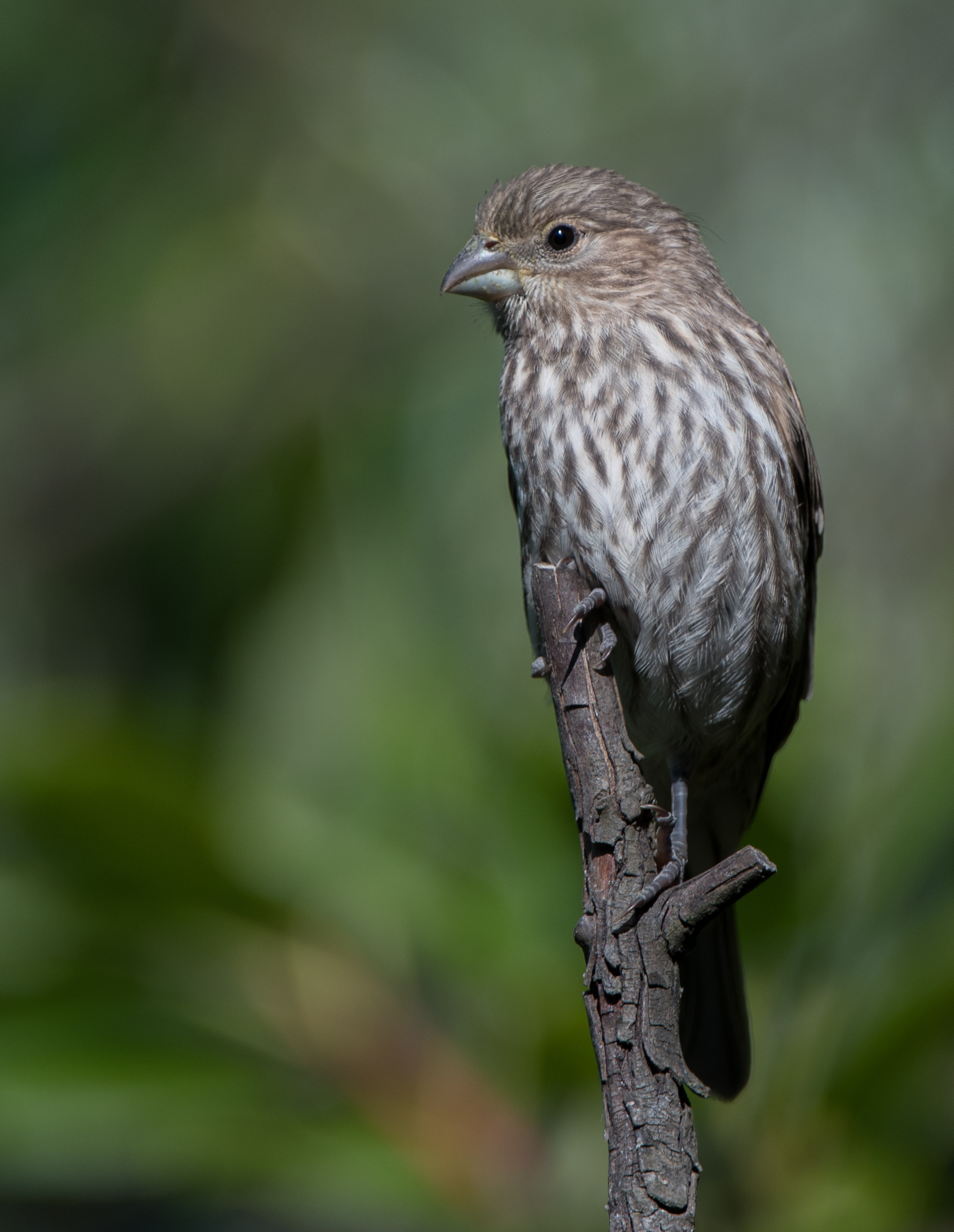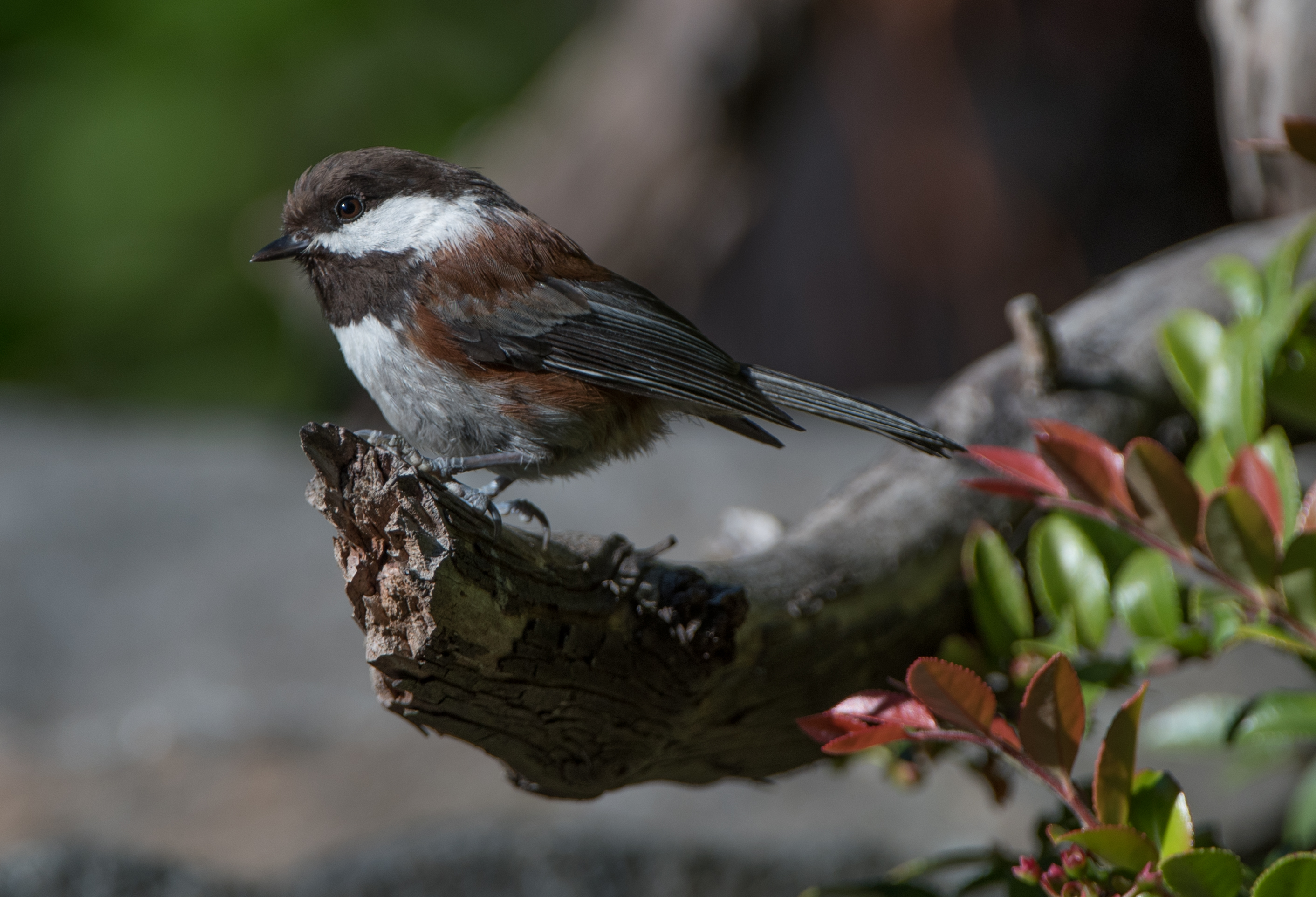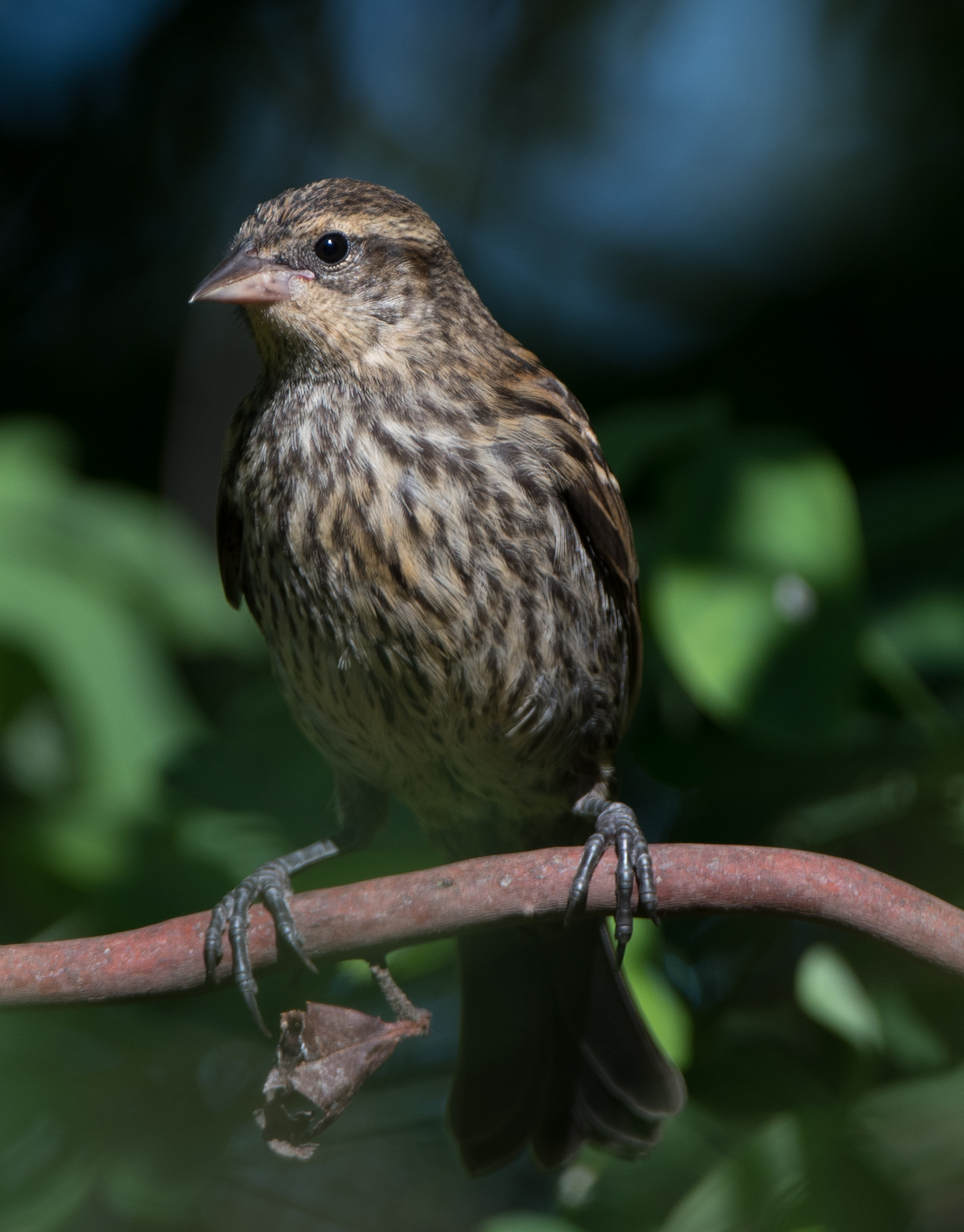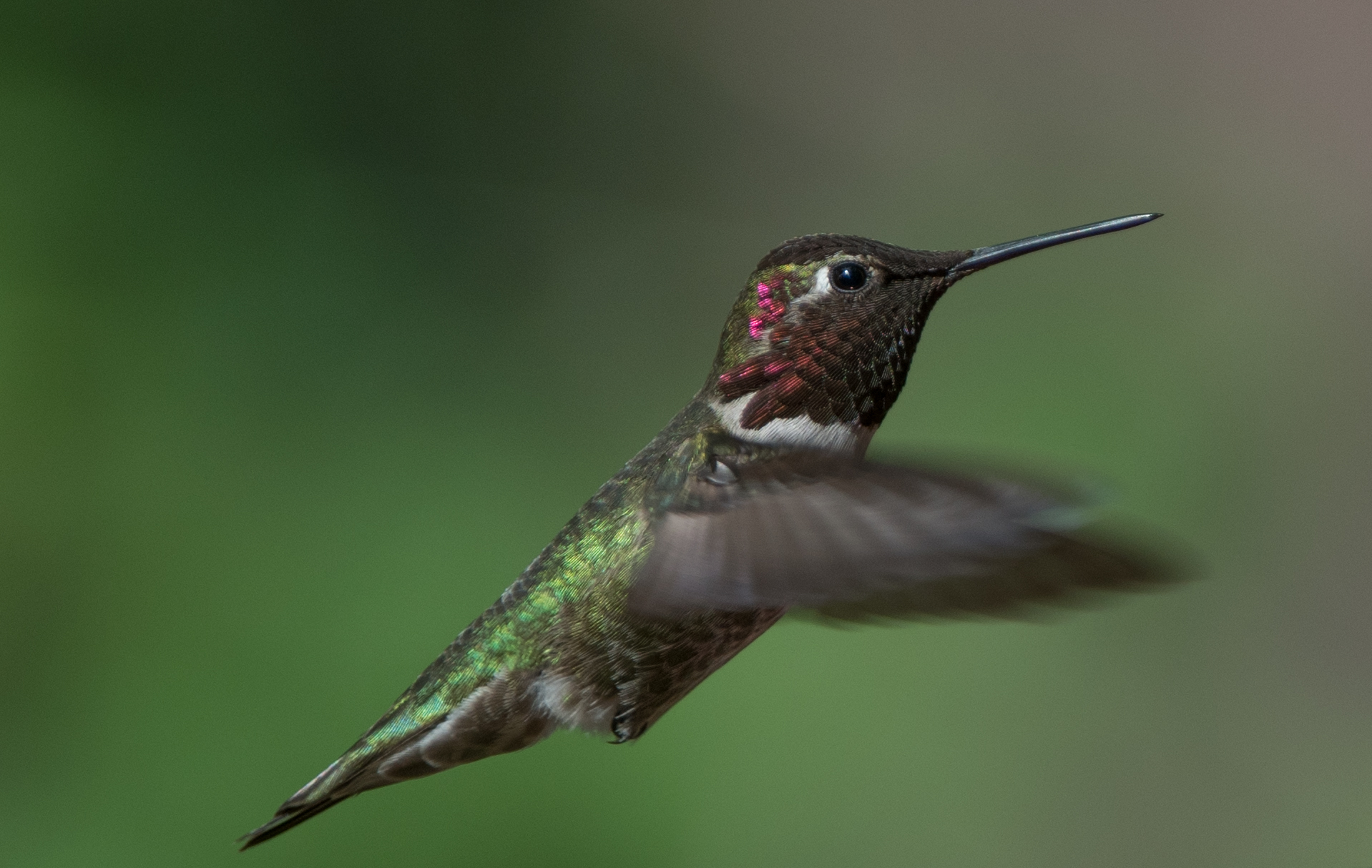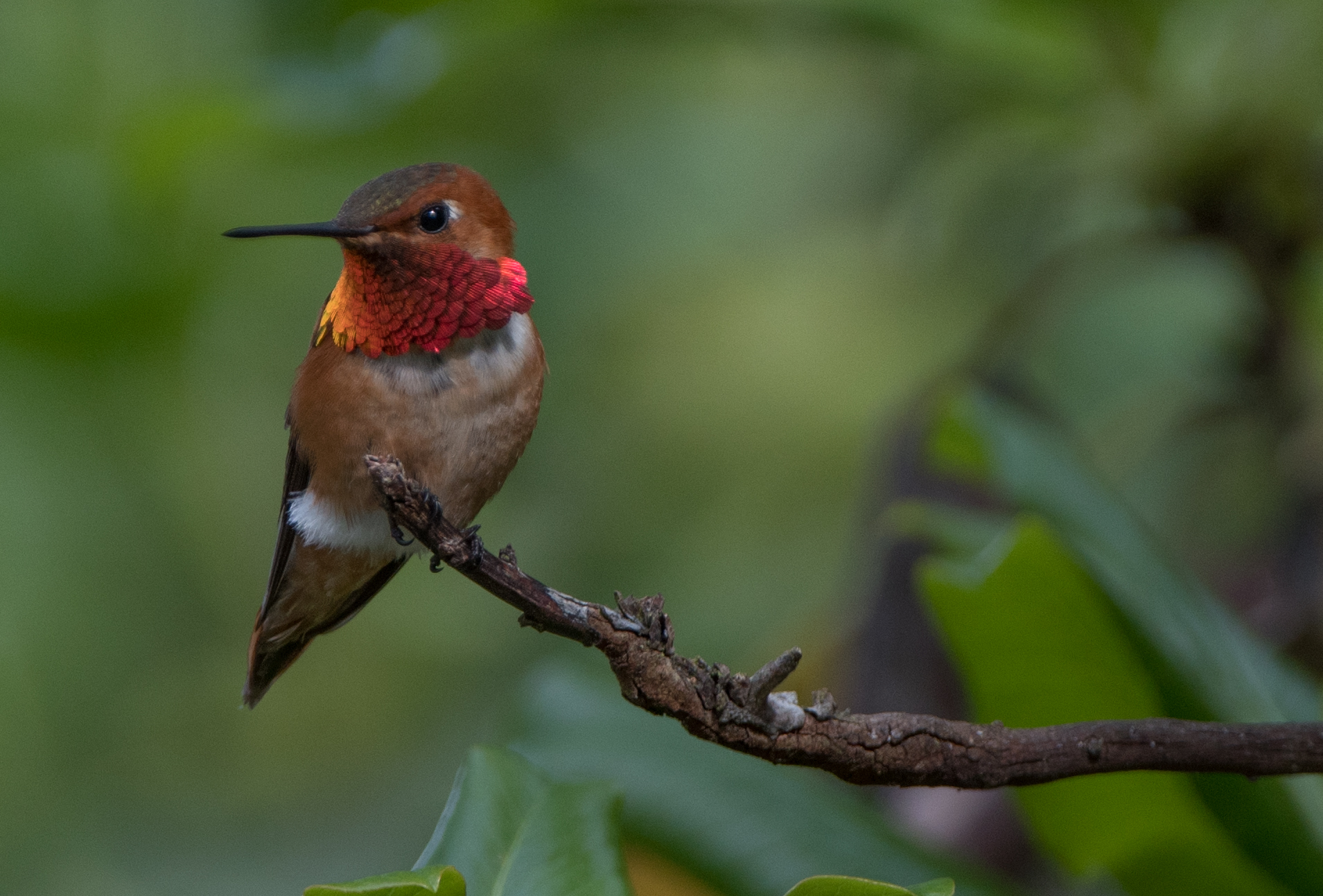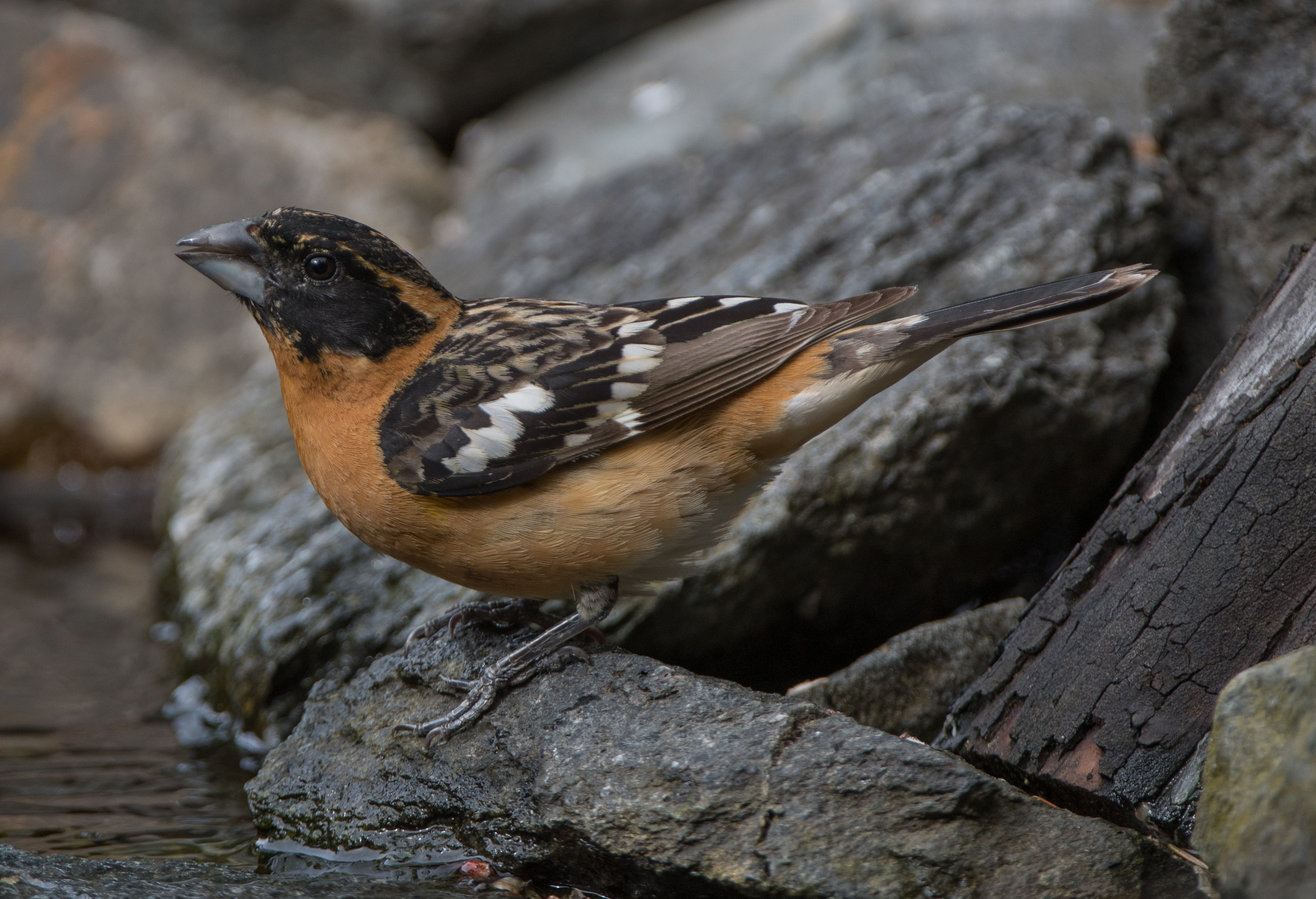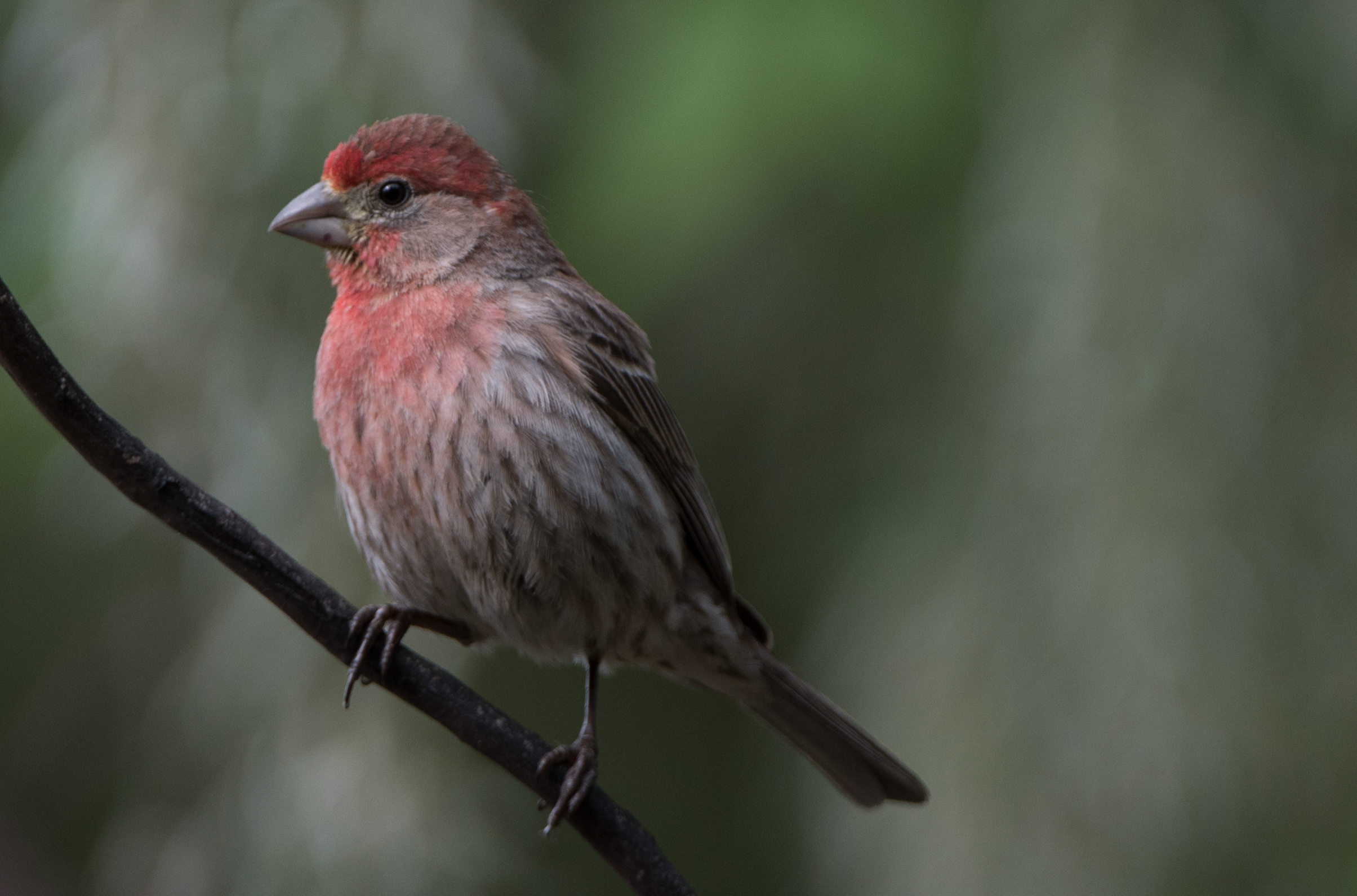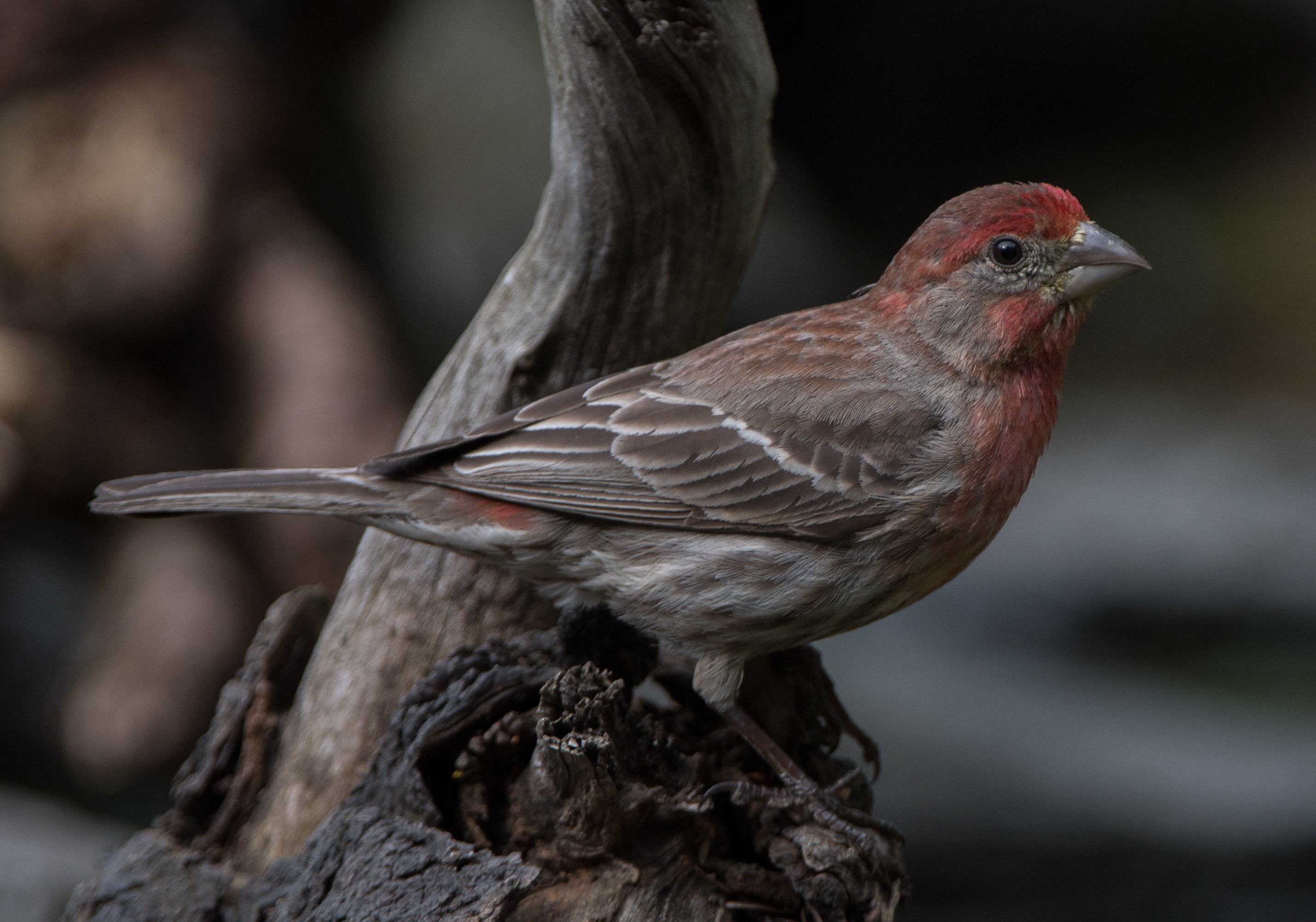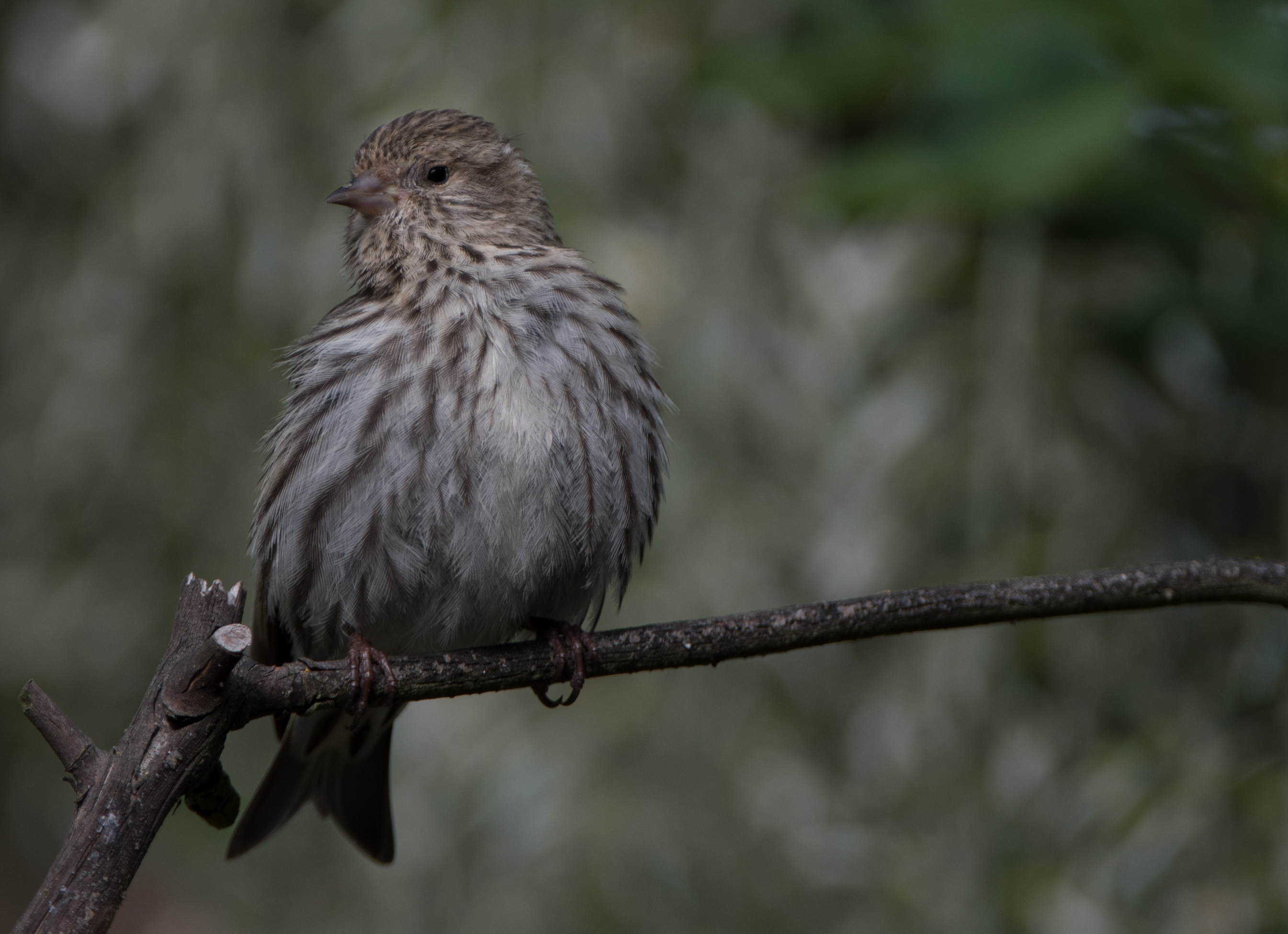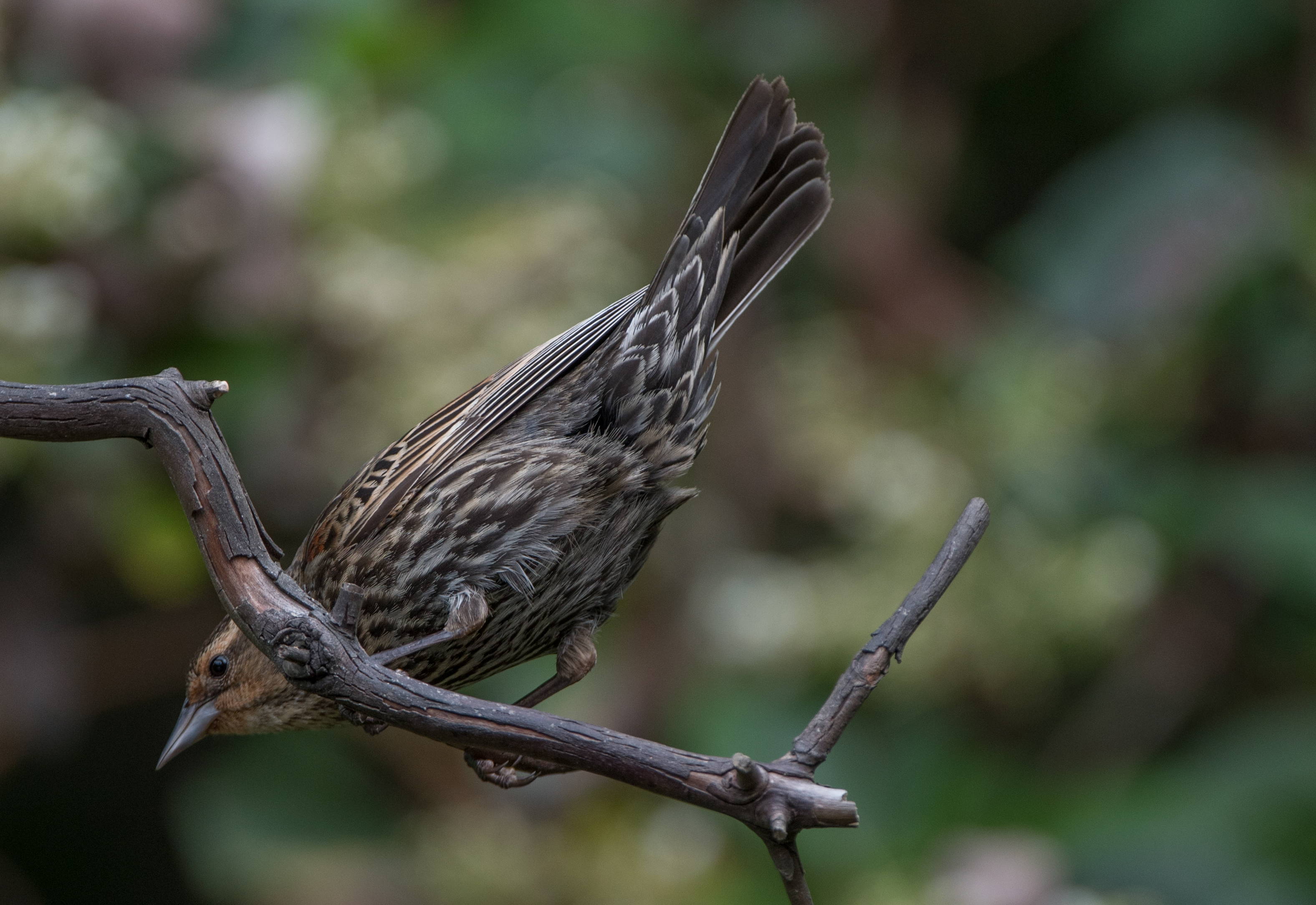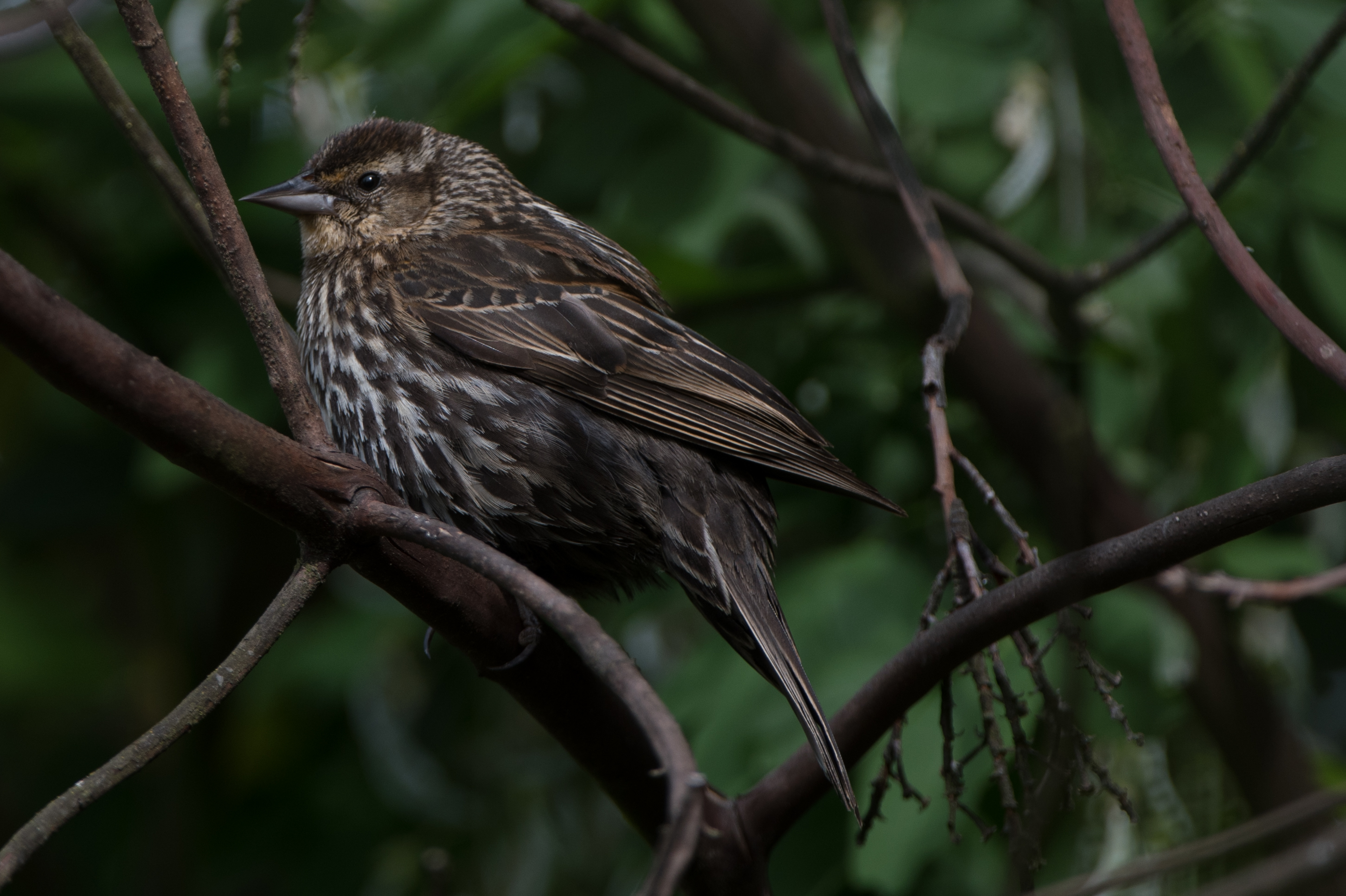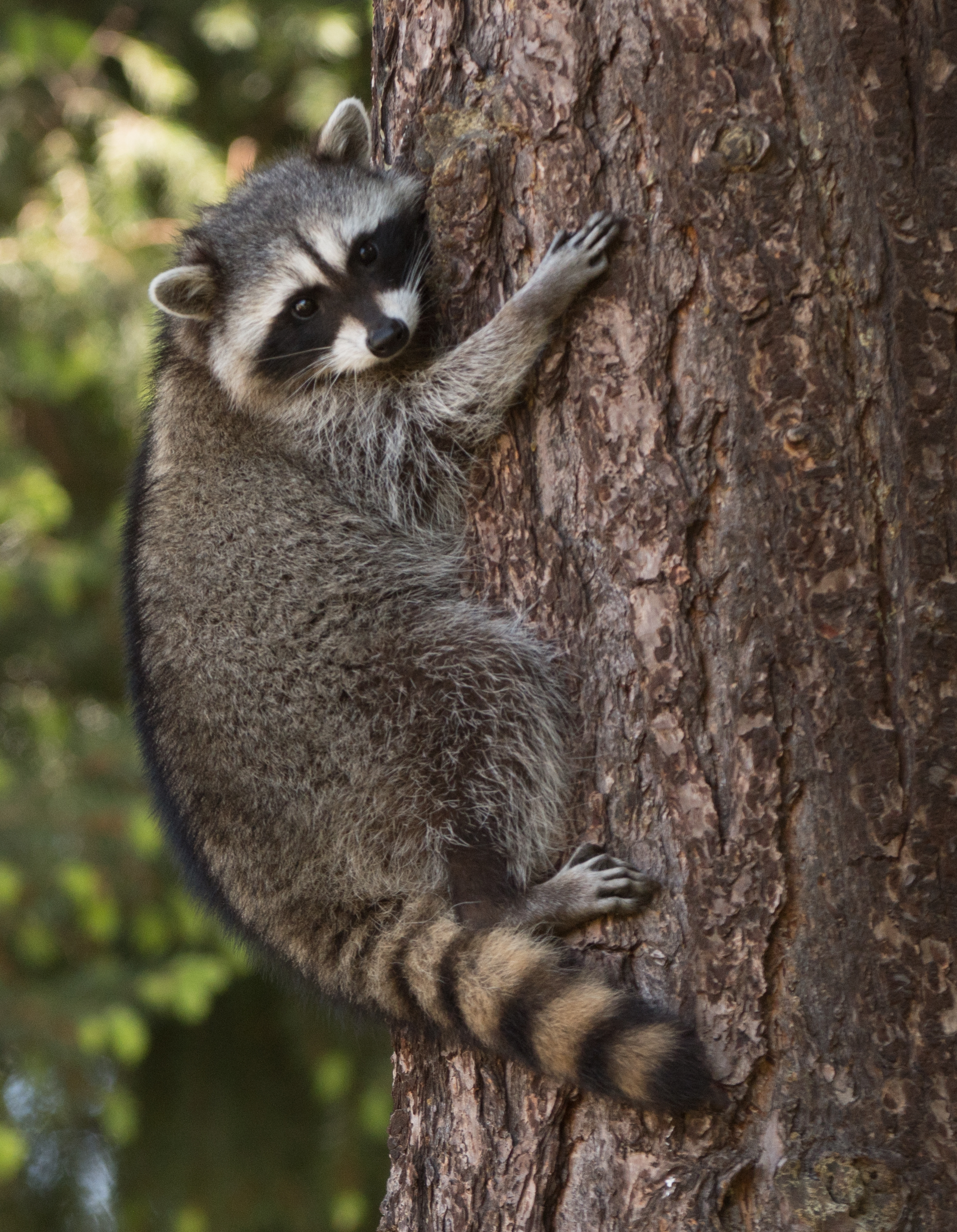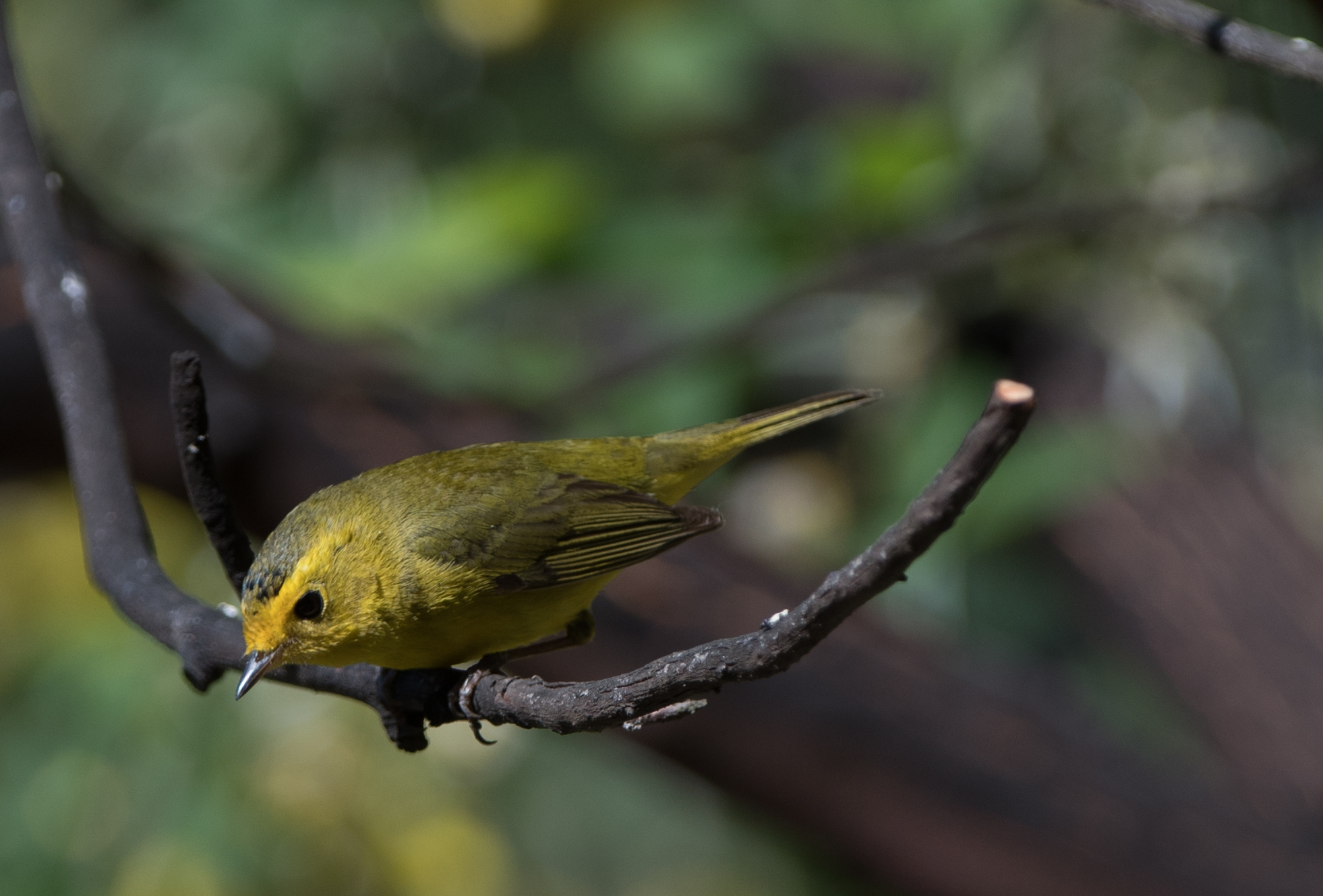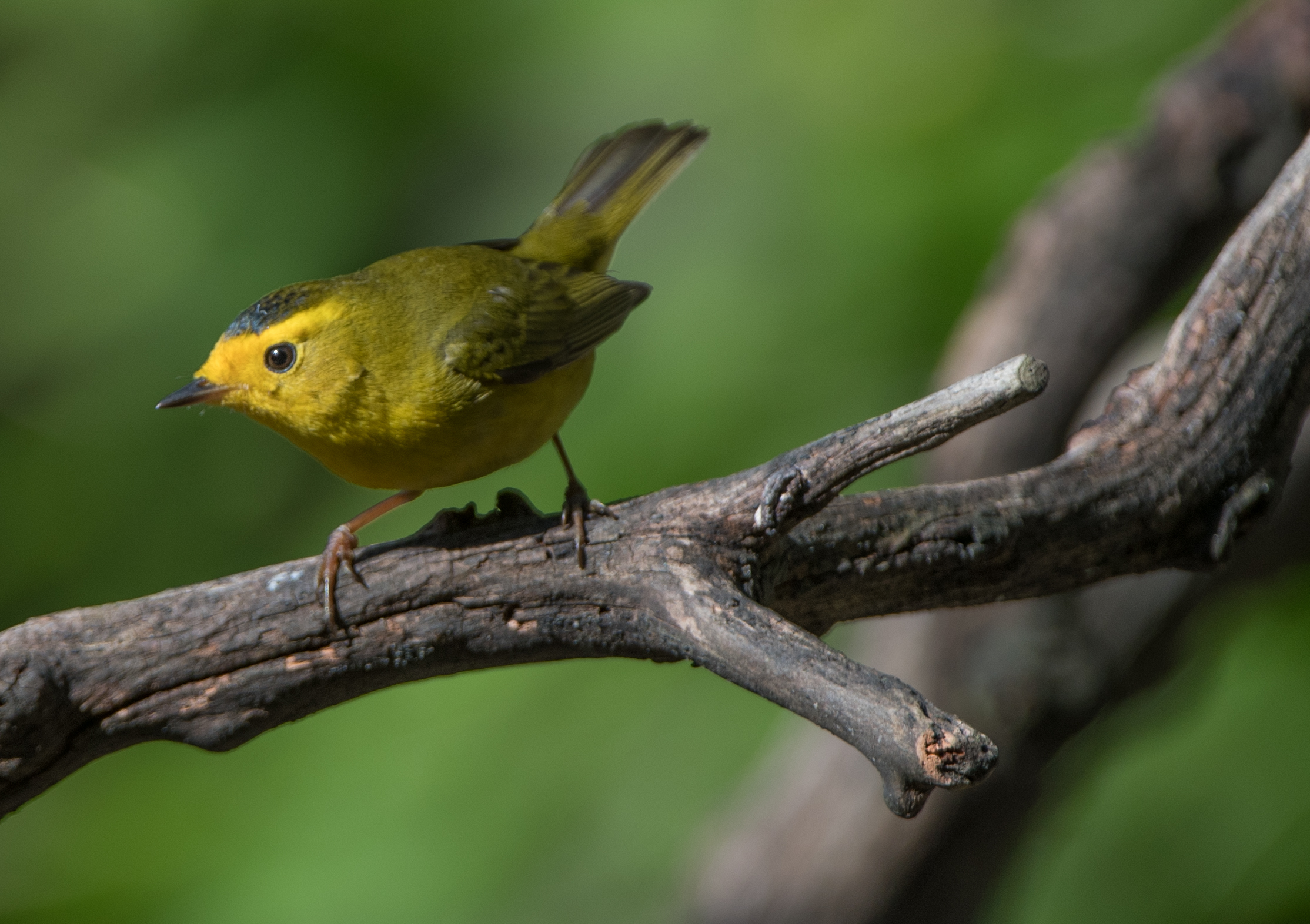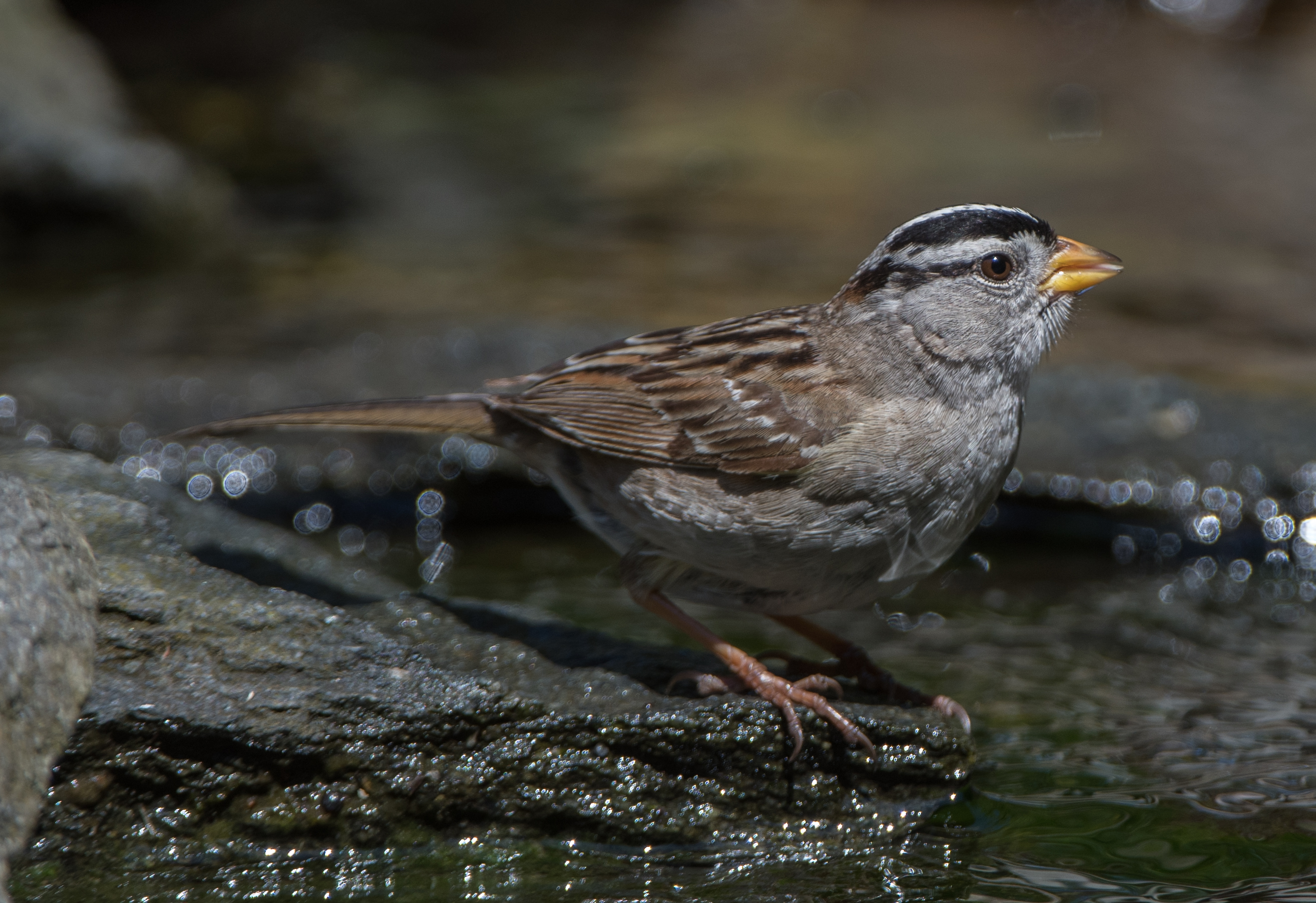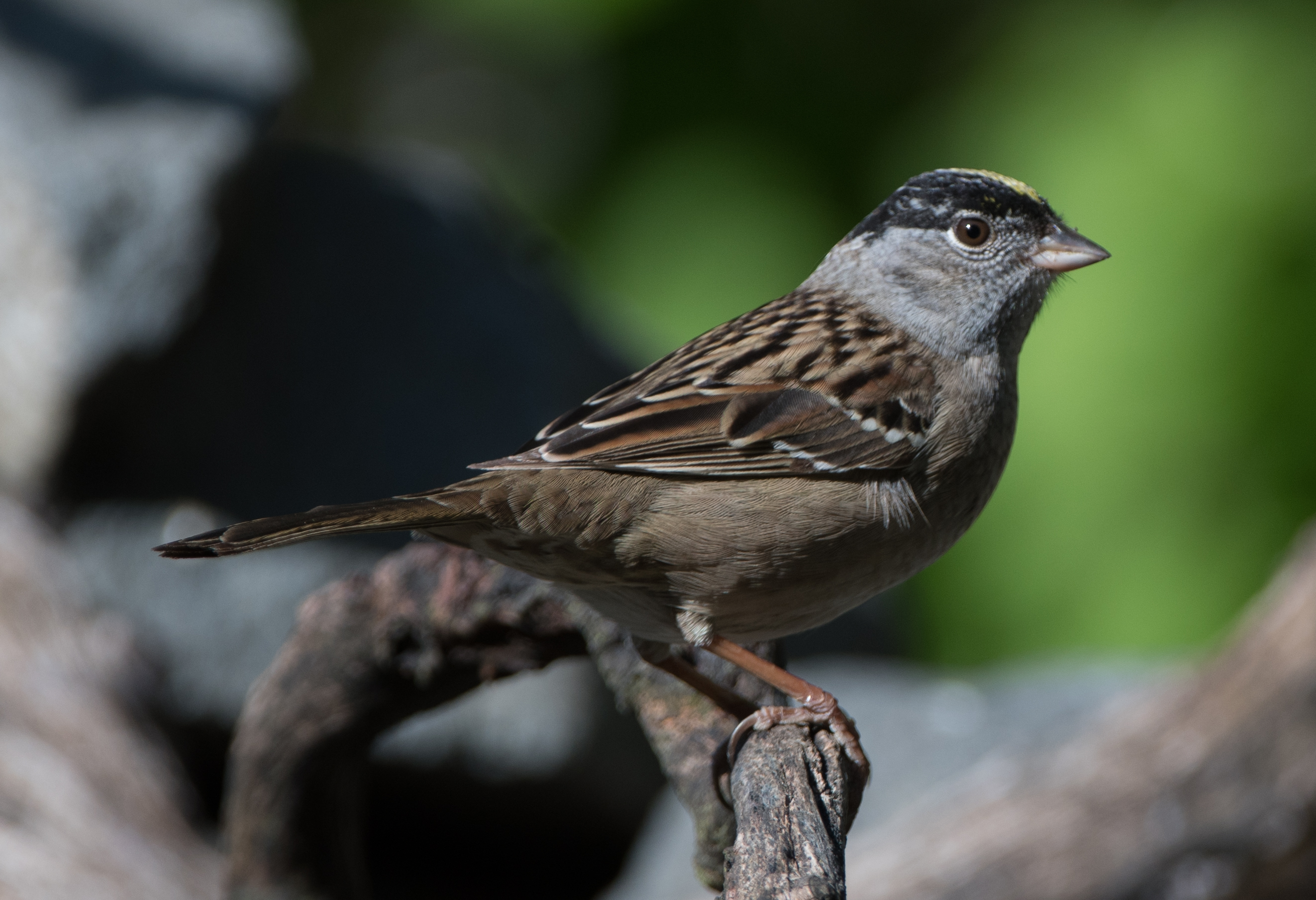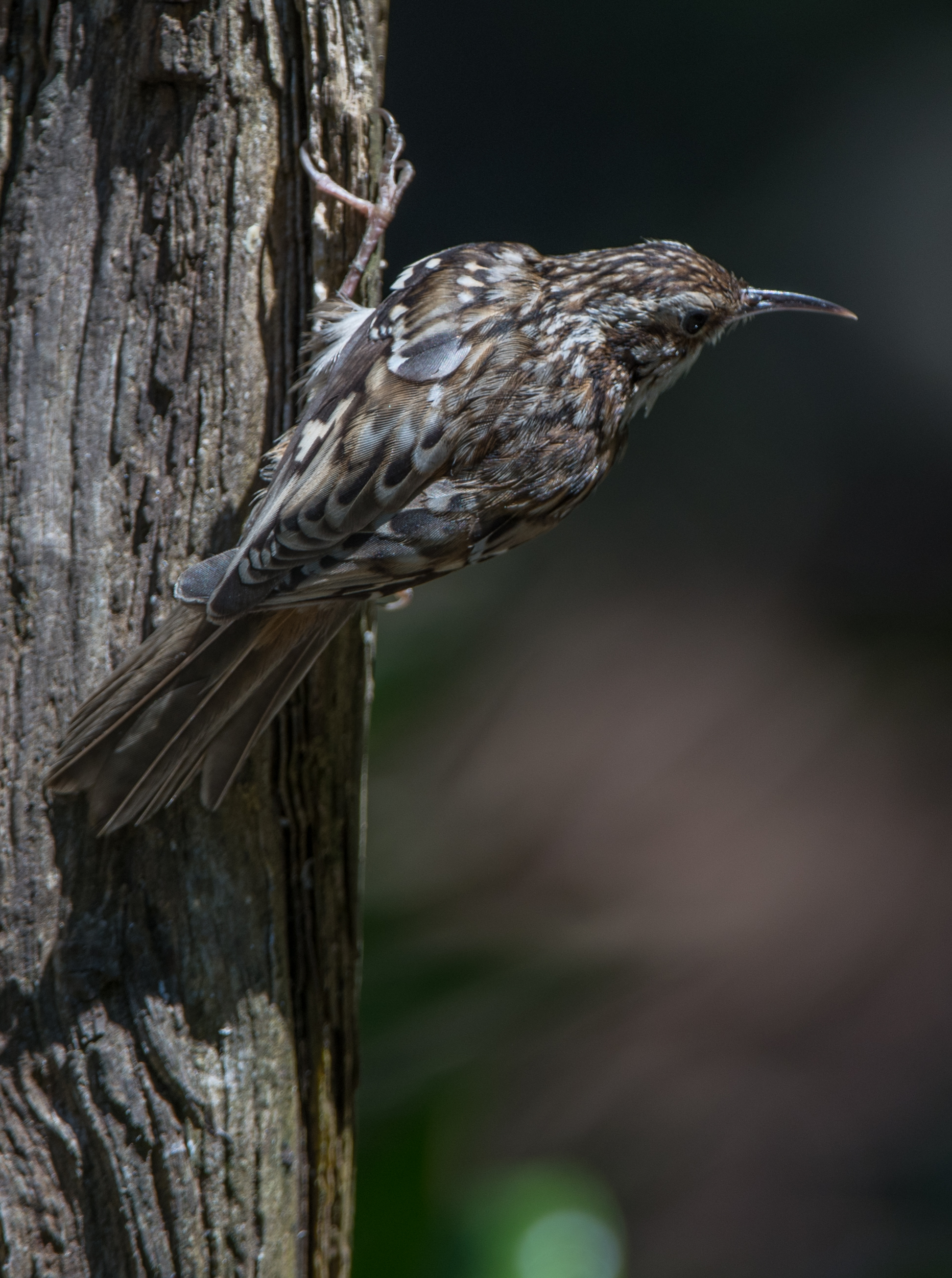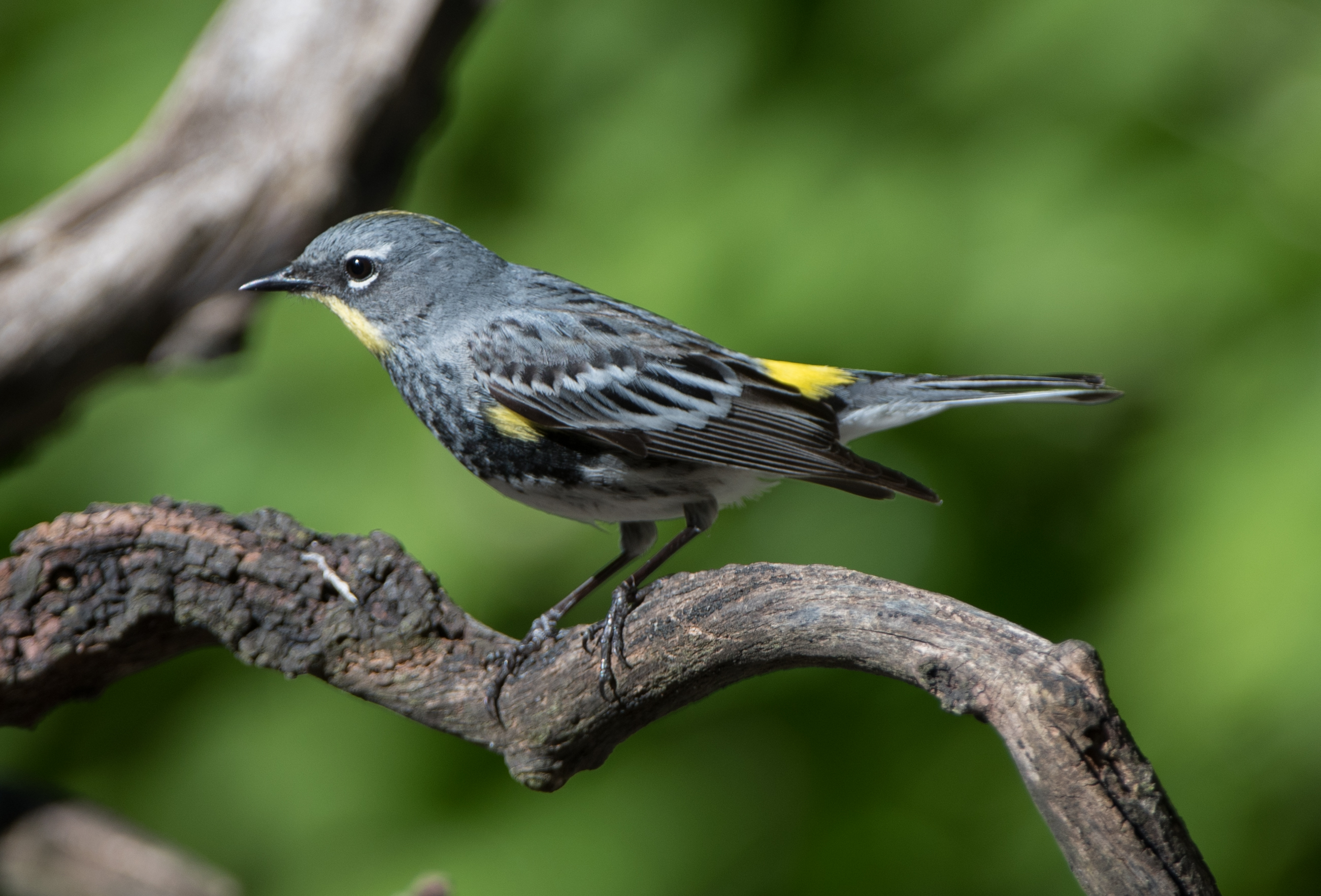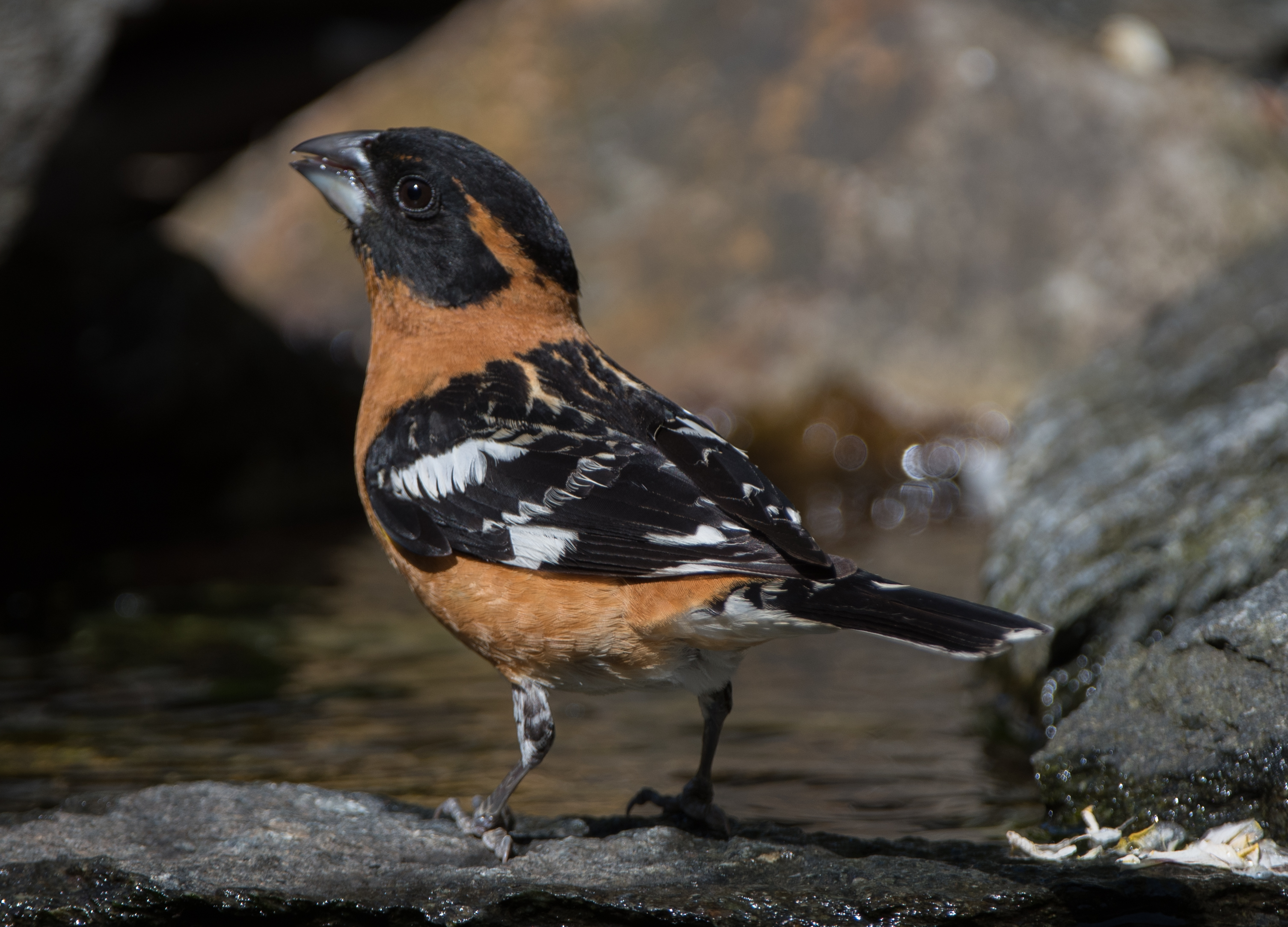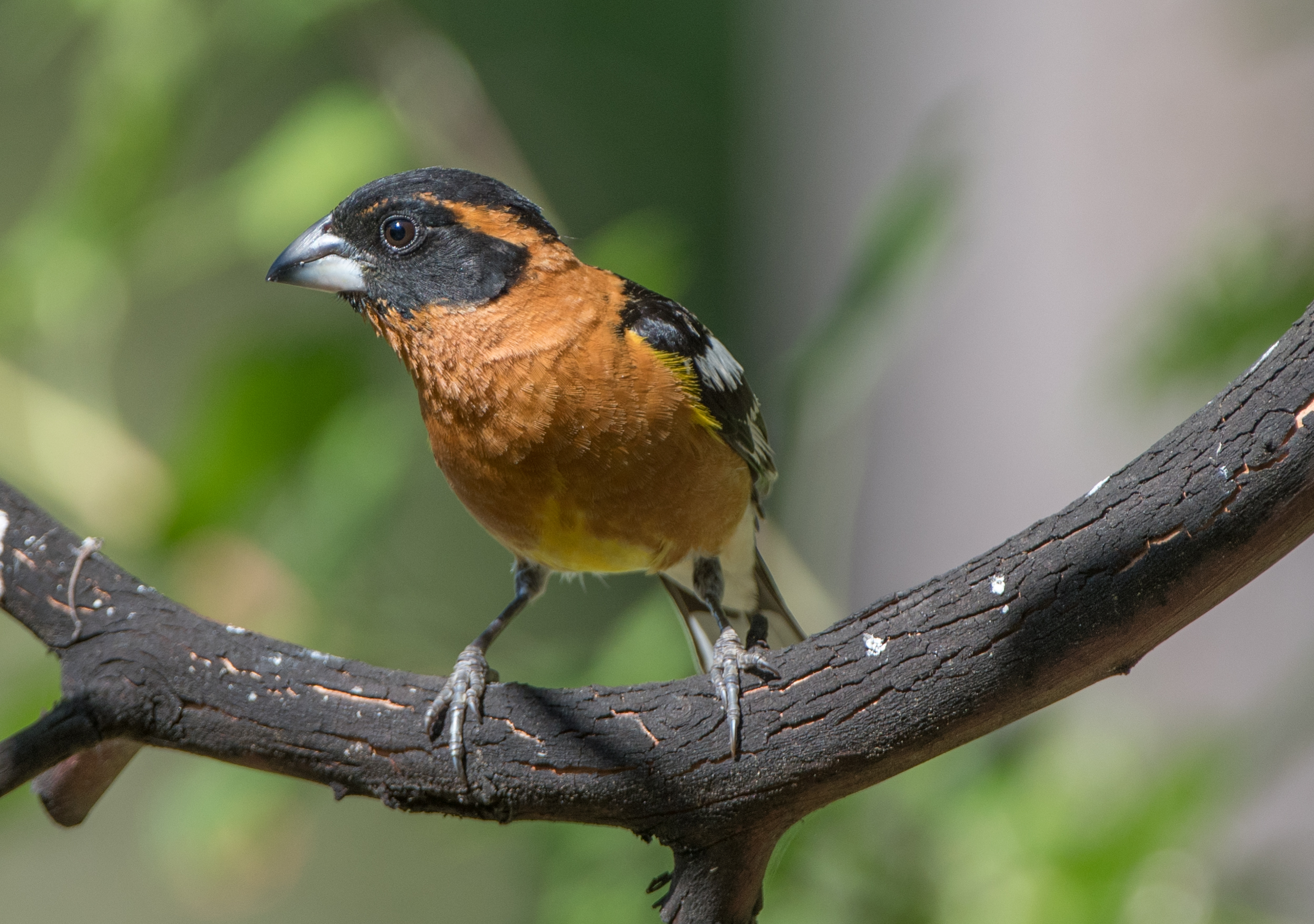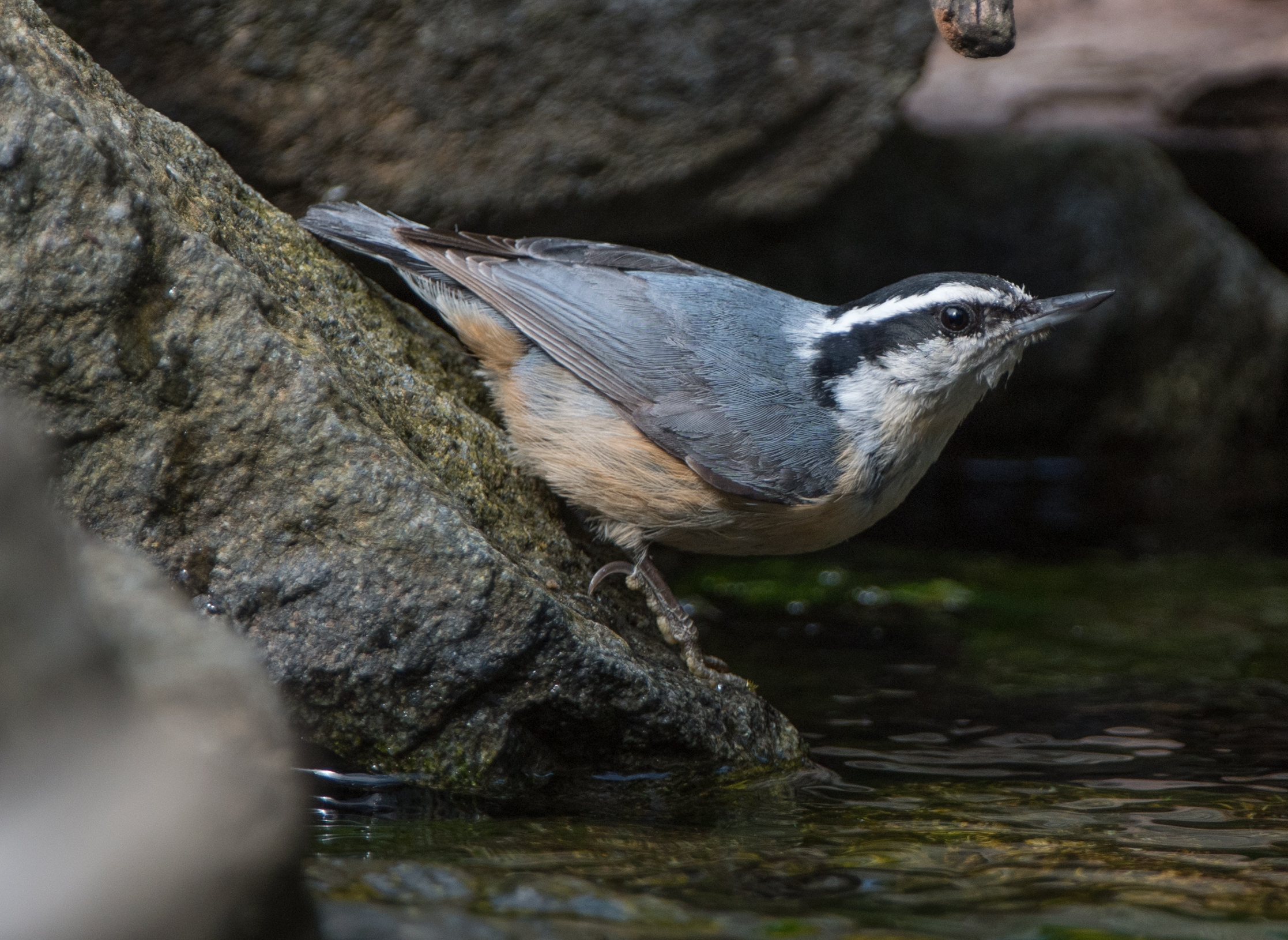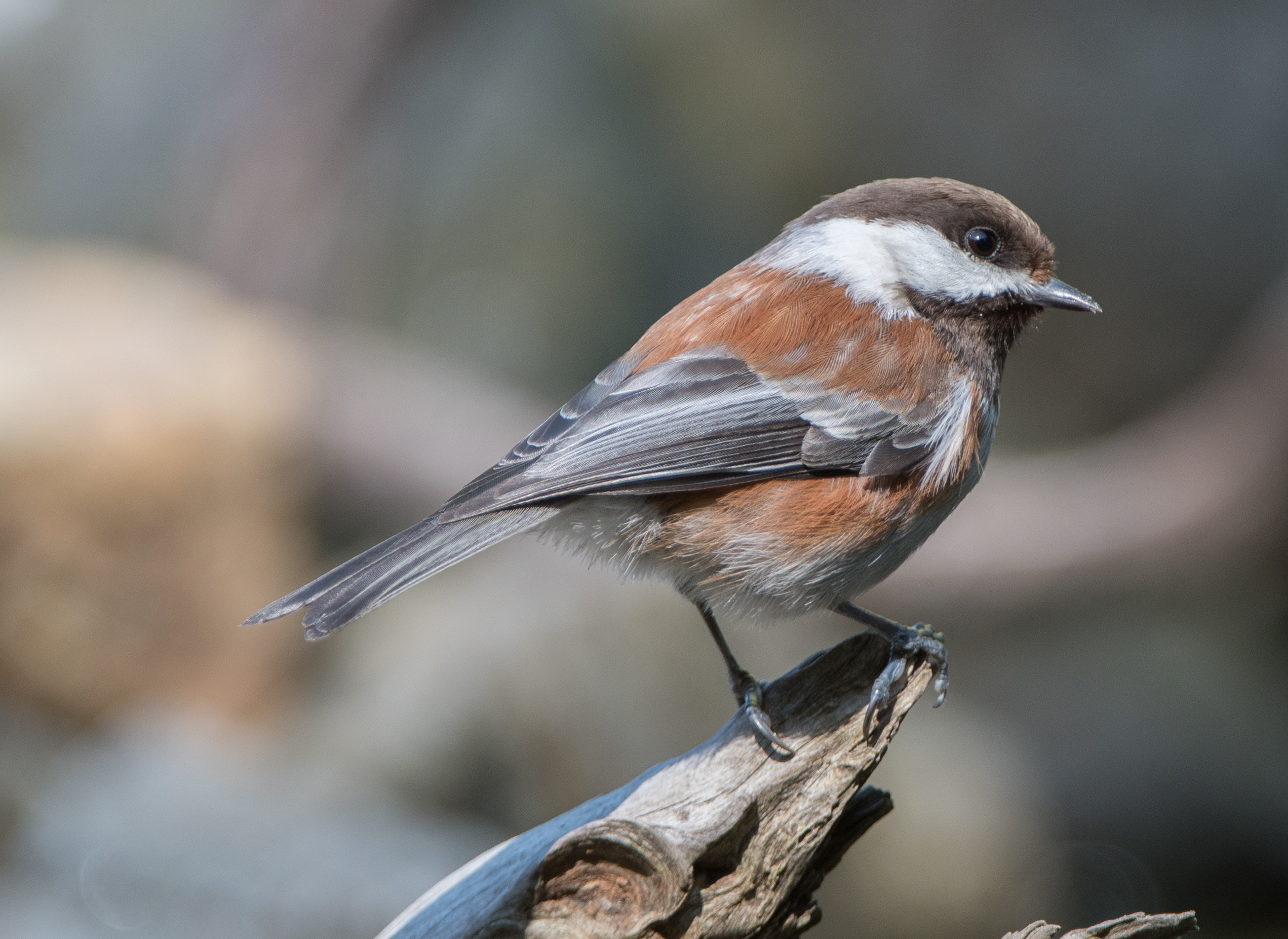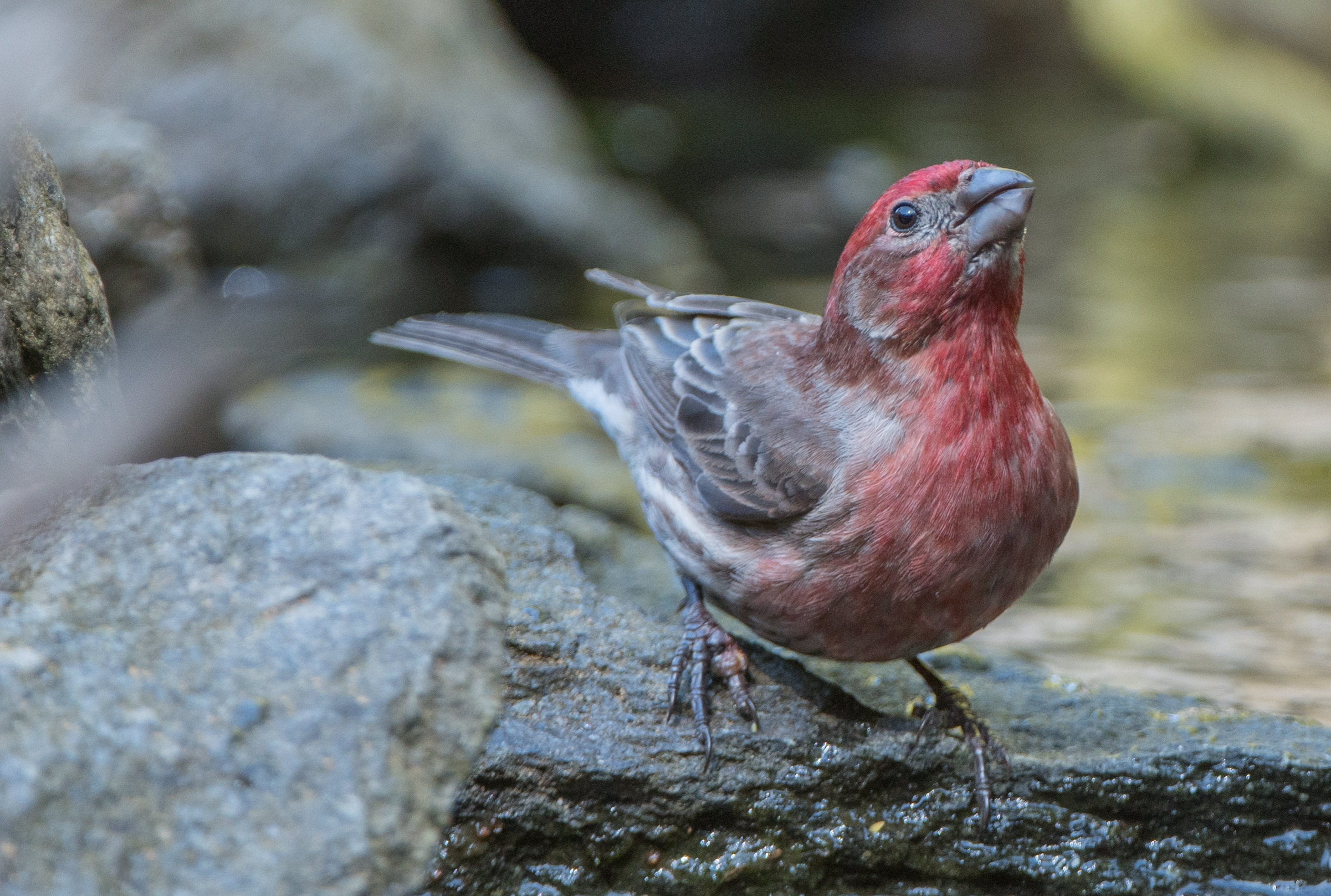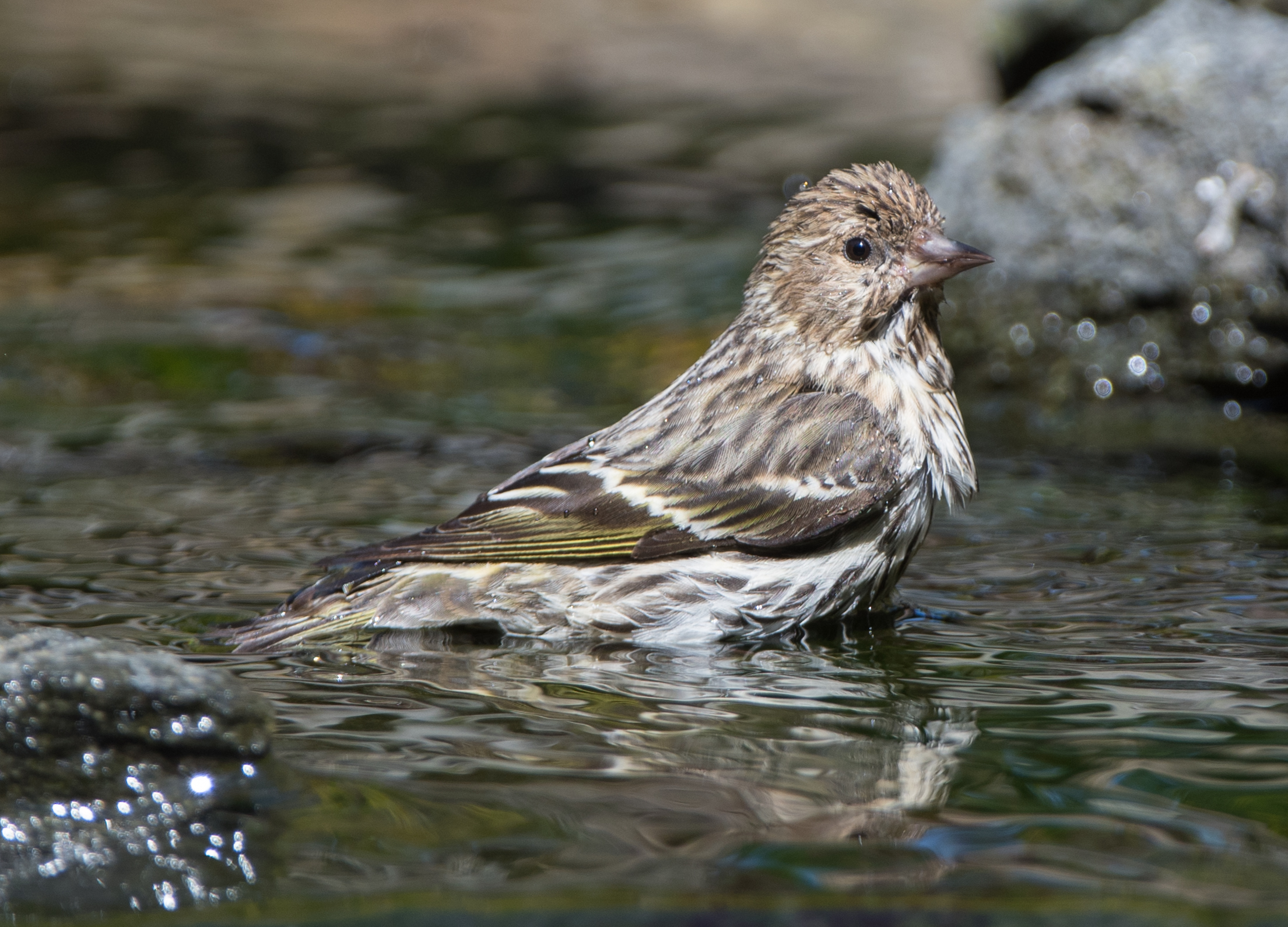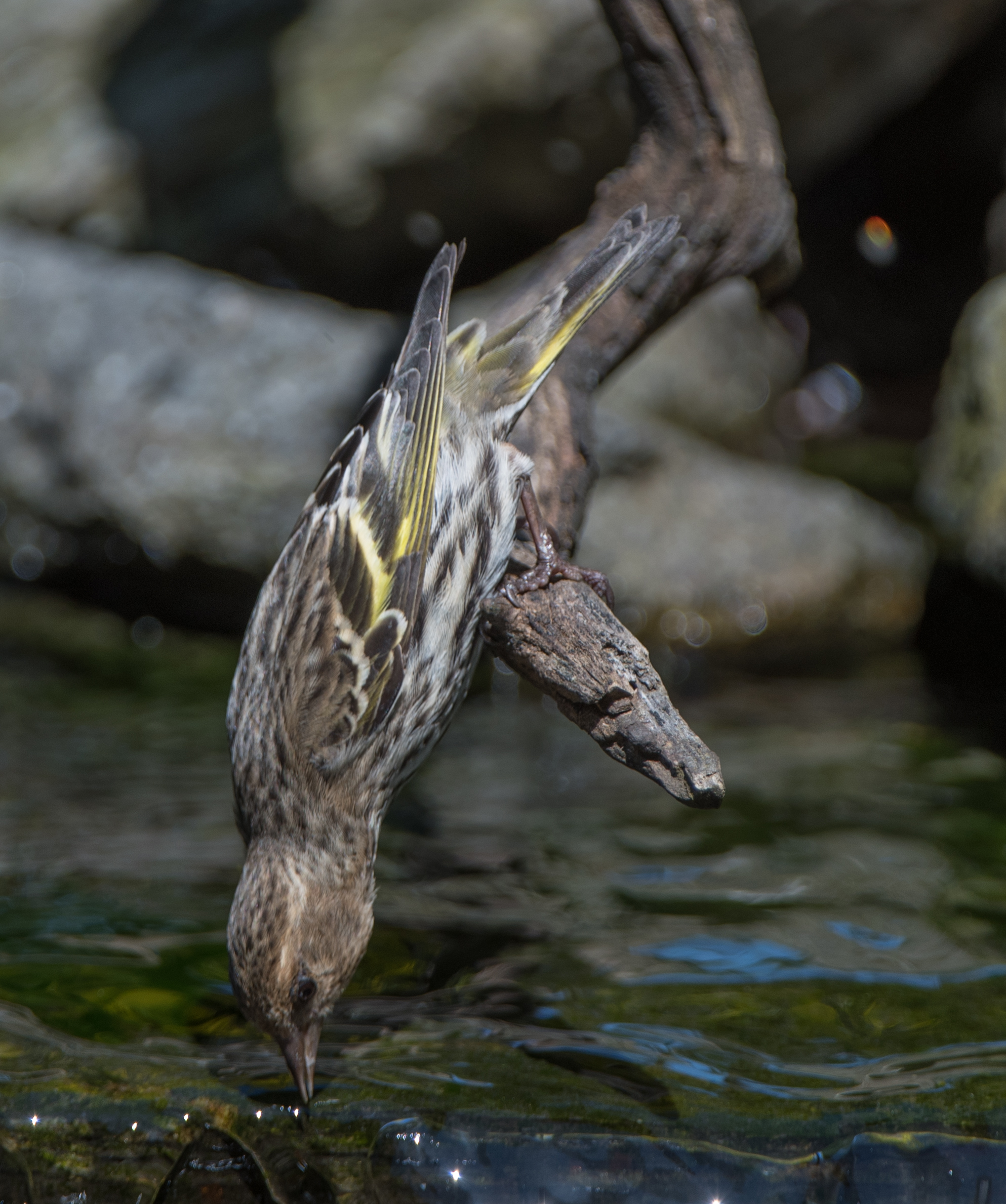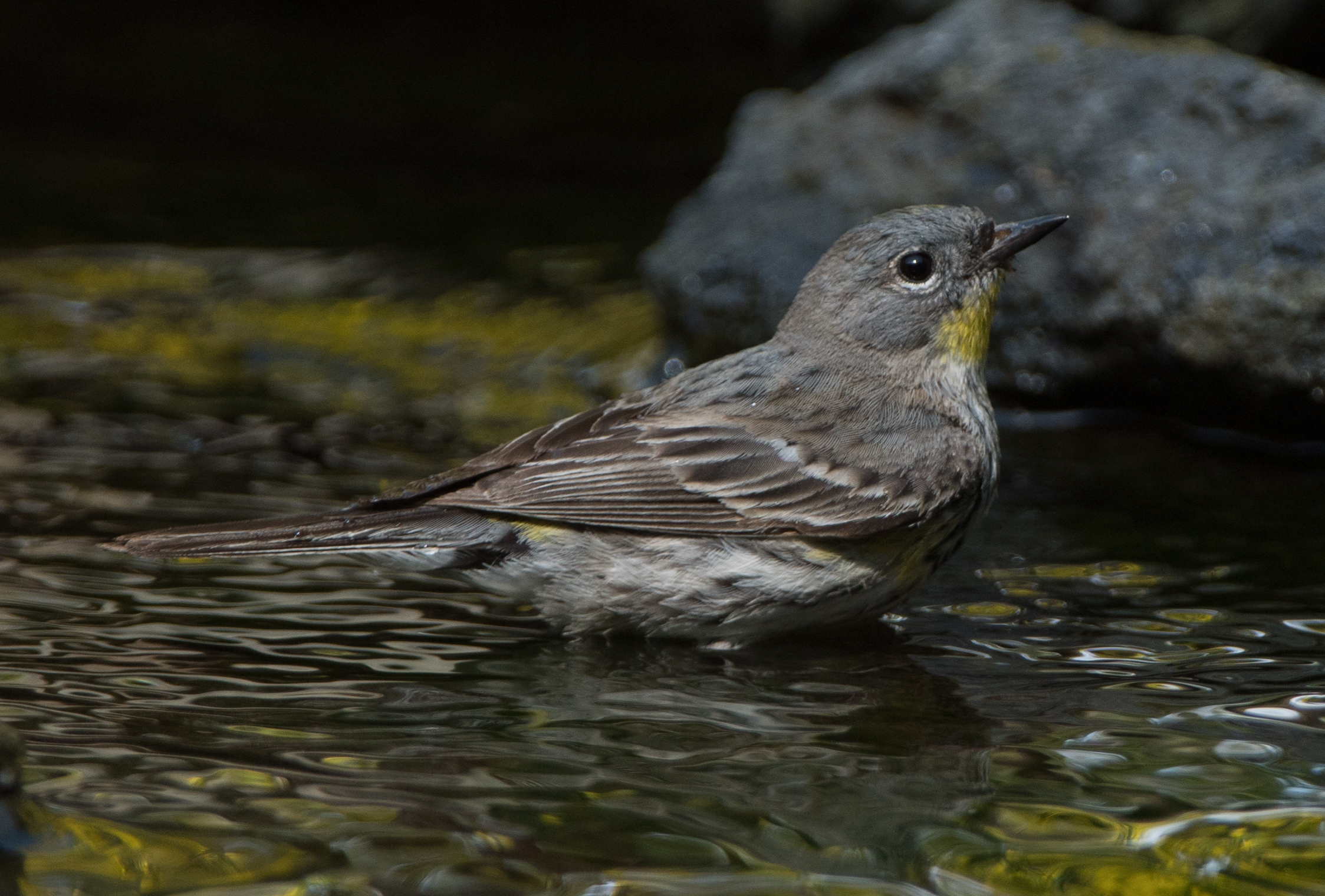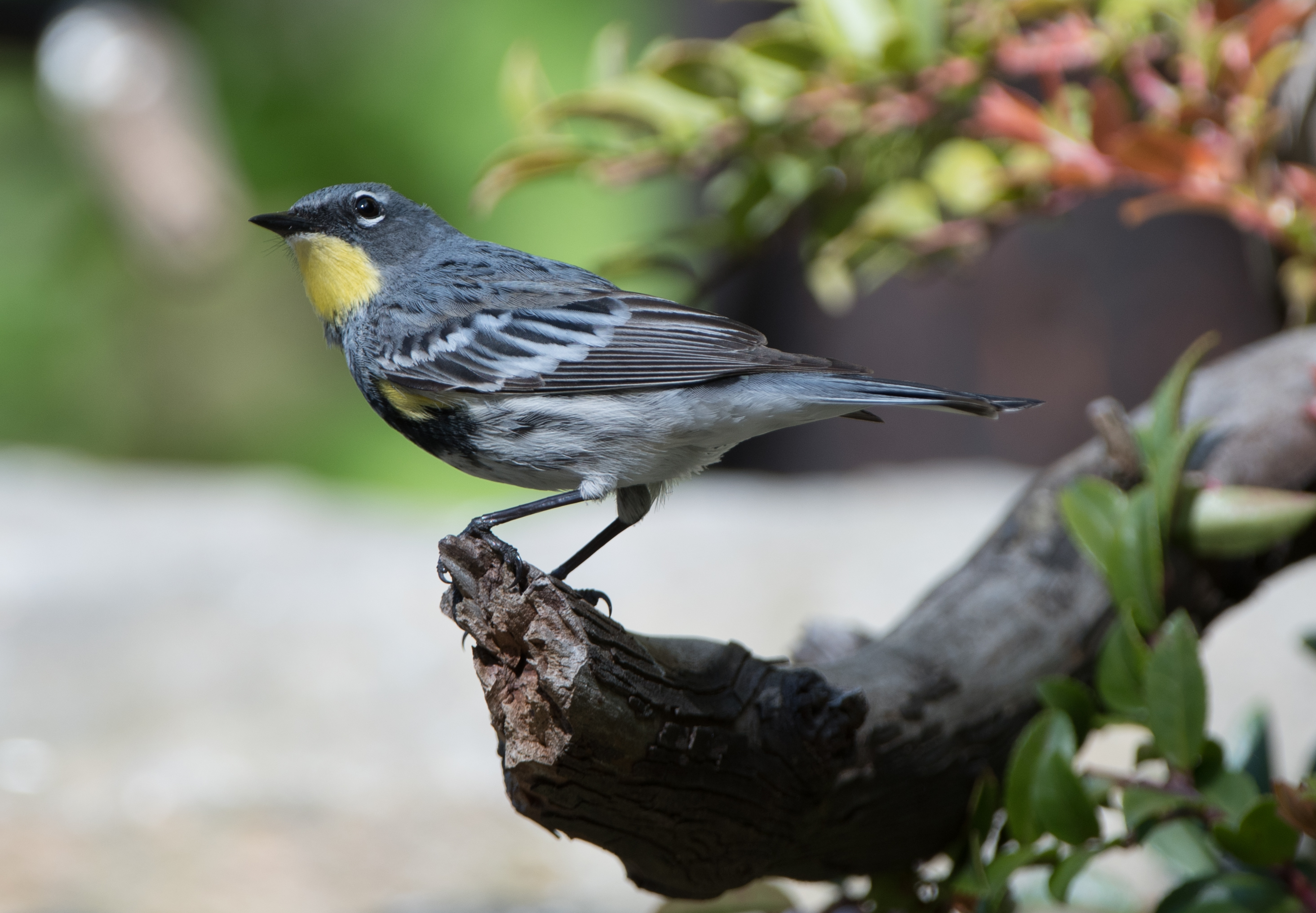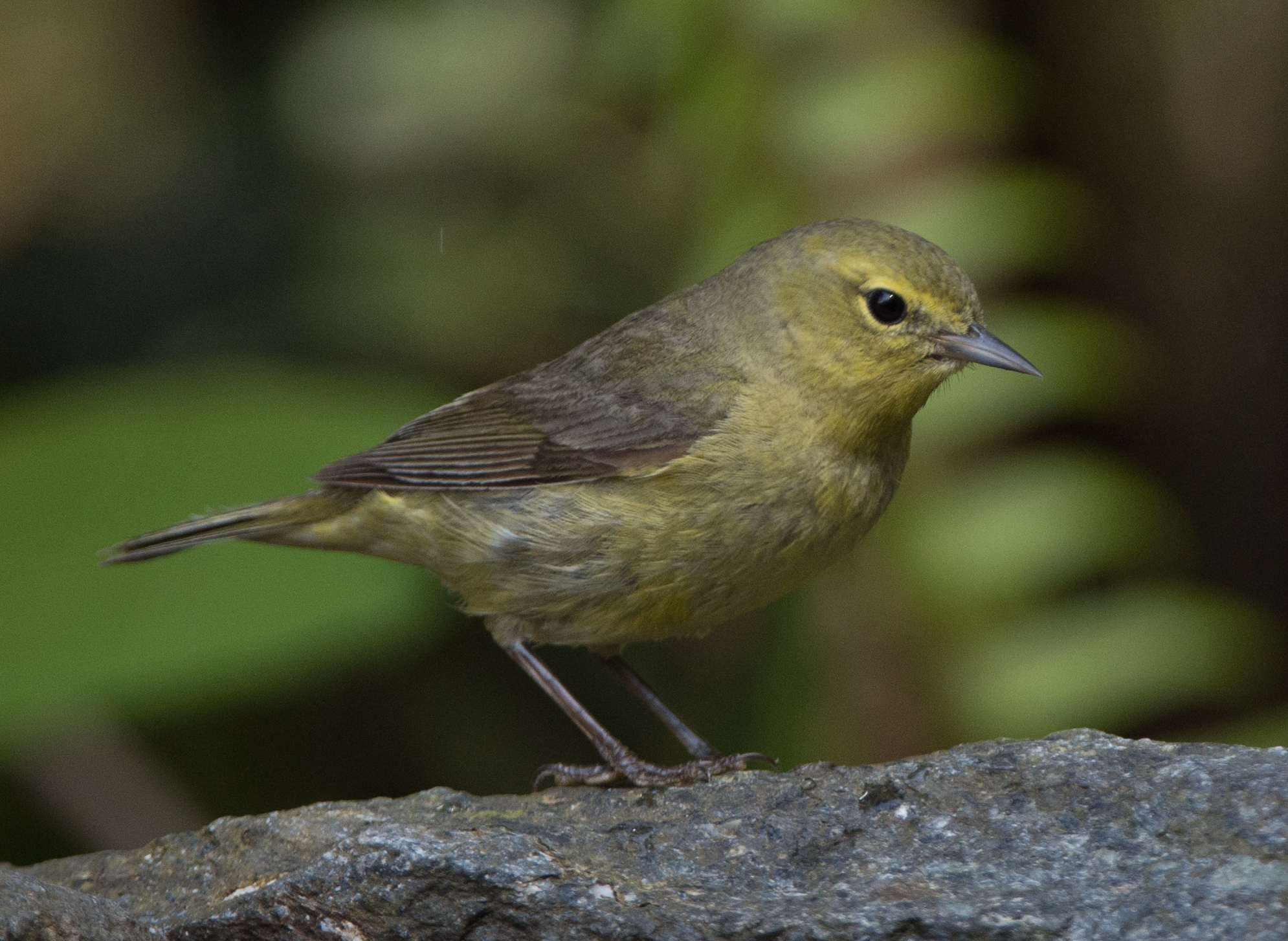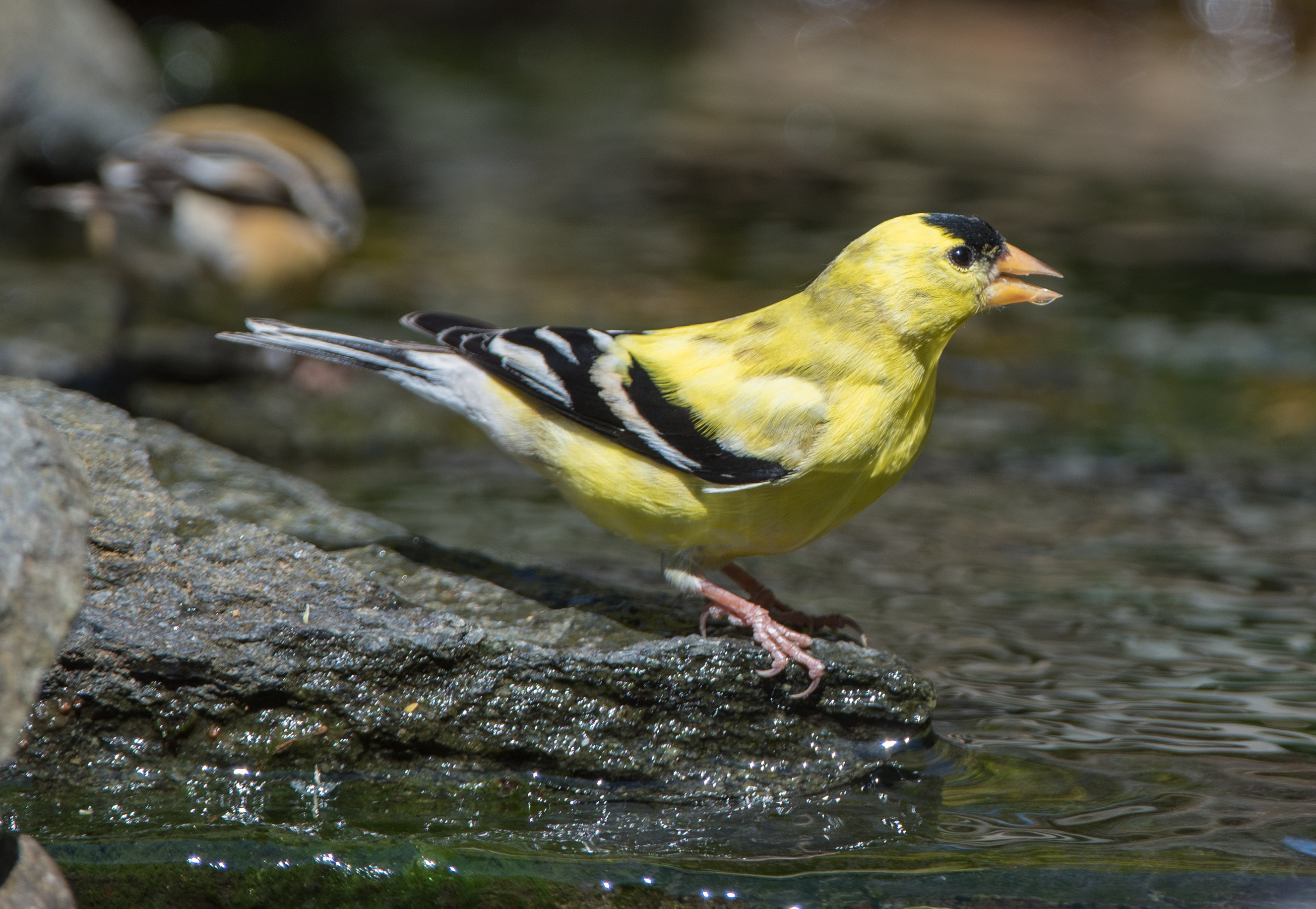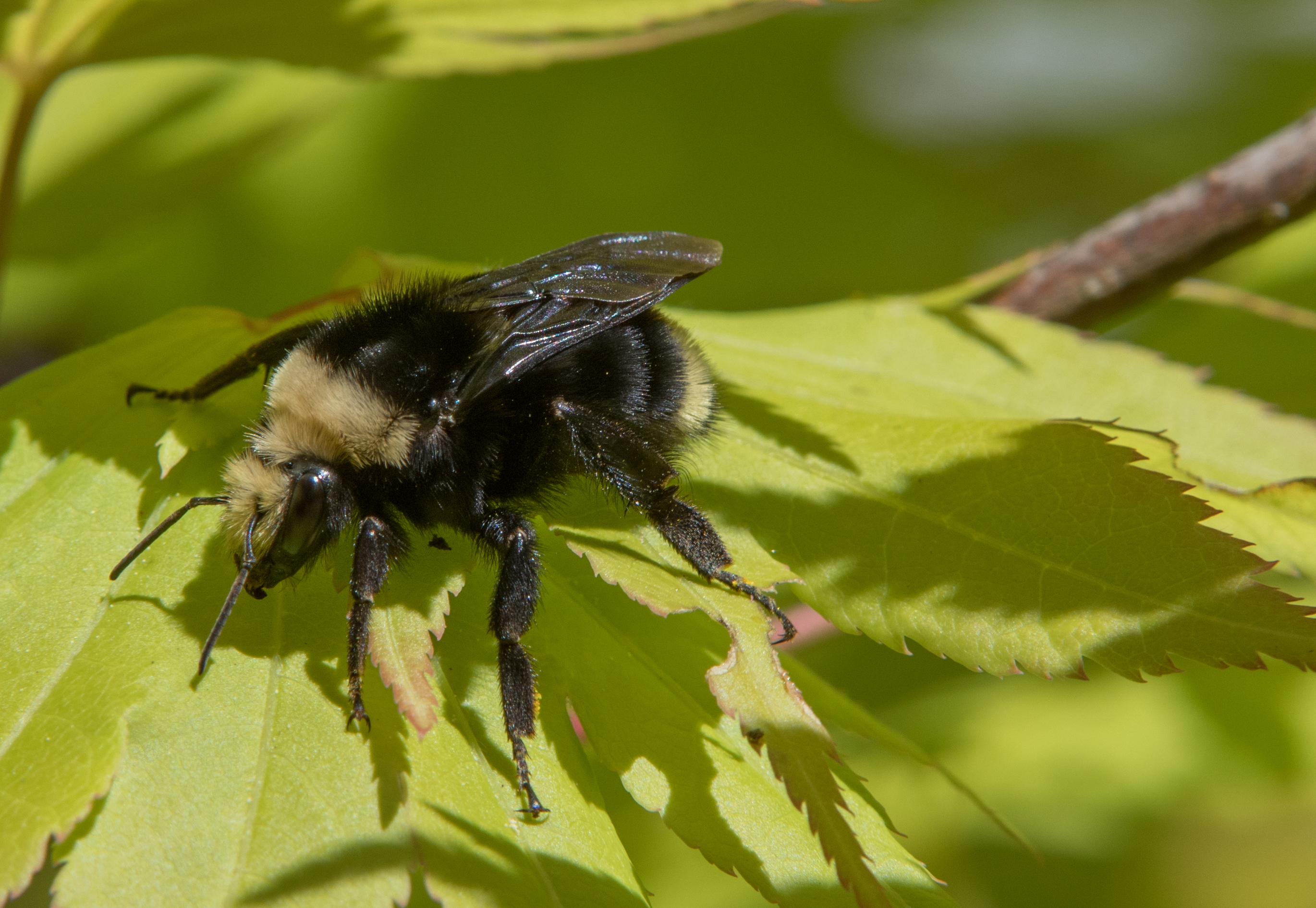I spent time in the yard on the afternoon of May 9, 2018, hoping to photograph some spring migrants, but they were few and far between. I had two brief visits from an Orange-crowned warbler and two more from a Wilson’s warbler (didn’t even get close enough look to confirm the sex, but I believe that both were probably males), but nothing I was able to photograph. I did get a few unobstructed photos of our male Black-headed grosbeak, my first unobstructed photos of that species of the season.
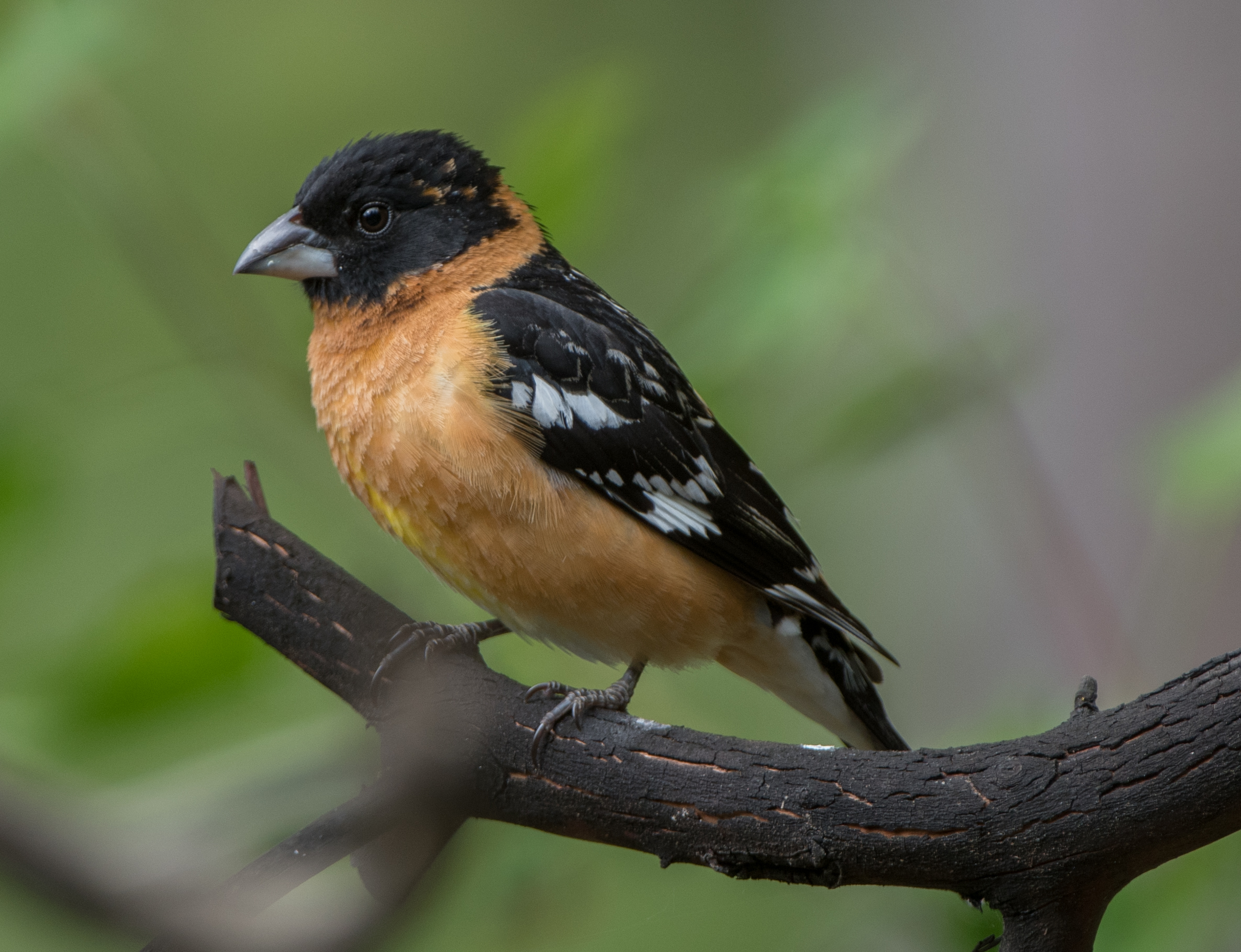
The worst part of the day’s birding was that a male Brown-headed cowbird arrived in the yard today. In past years cowbirds have parasitized the nests of White-crowned sparrows, Dark-eyed juncos and Spotted towhees.
I went inside for the national news at 5:30pm and after the news (about 6:20pm) I checked the watercourse from the kitchen window. A female Yellow-rumped warbler (Audubon’s race) was bathing in the watercourse and she was soon joined by a female Wilson’s warbler. So despite failing light I resurrected my camera and sneaked outside. By that time, both birds had left the yard.
It was cool outside and I was only wearing a t-shirt, so I wasn’t going to stay long. After awhile a pair of Spotted towhees visited the watercourse a couple of times and a female Yellow-rumped warbler (Audubon’s race) visited our stone bird bath on the far side of the yard from me.
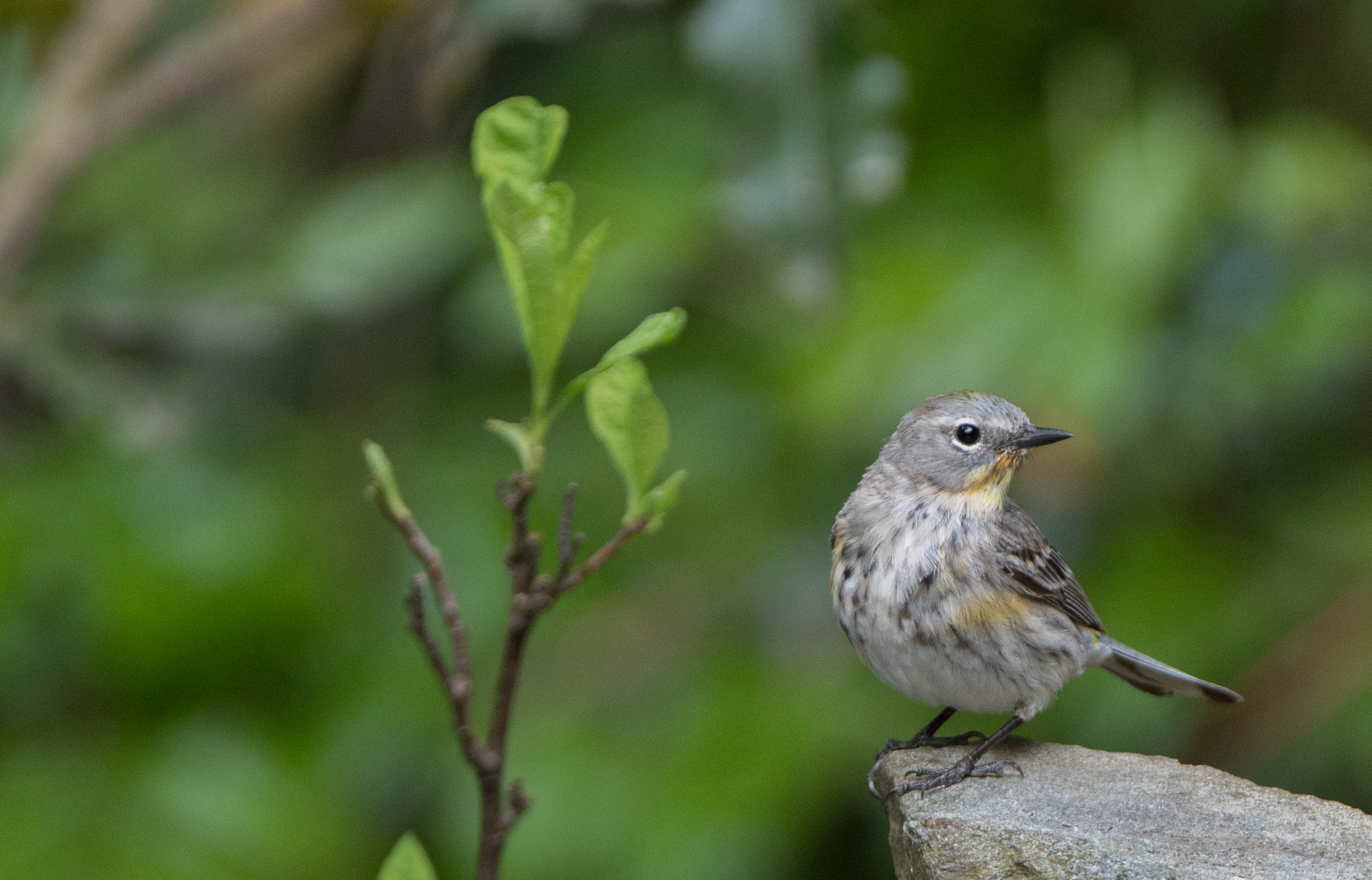
I was just about to go in when movement of a larger bird near the sunflower feeder caught my attention. I eyed the bird through my camera lens and found it to be a female Black-headed grosbeak, our first female of the season and about a week behind the arrival of our first male.
So from an observation standpoint, and ignoring the unproductive photographic possibilities, I had a fairy good day… three warbler species (Orange-crowned, Wilson’s & Yellow-rumped (Audubon’s)), the first arrival of a species (Brown-headed cowbird) and first arrival for two different sexes of species (female Wilson’s warbler & female Black-headed grosbeak) . The migration is on!
Here are a few more photos I took on the same day…
